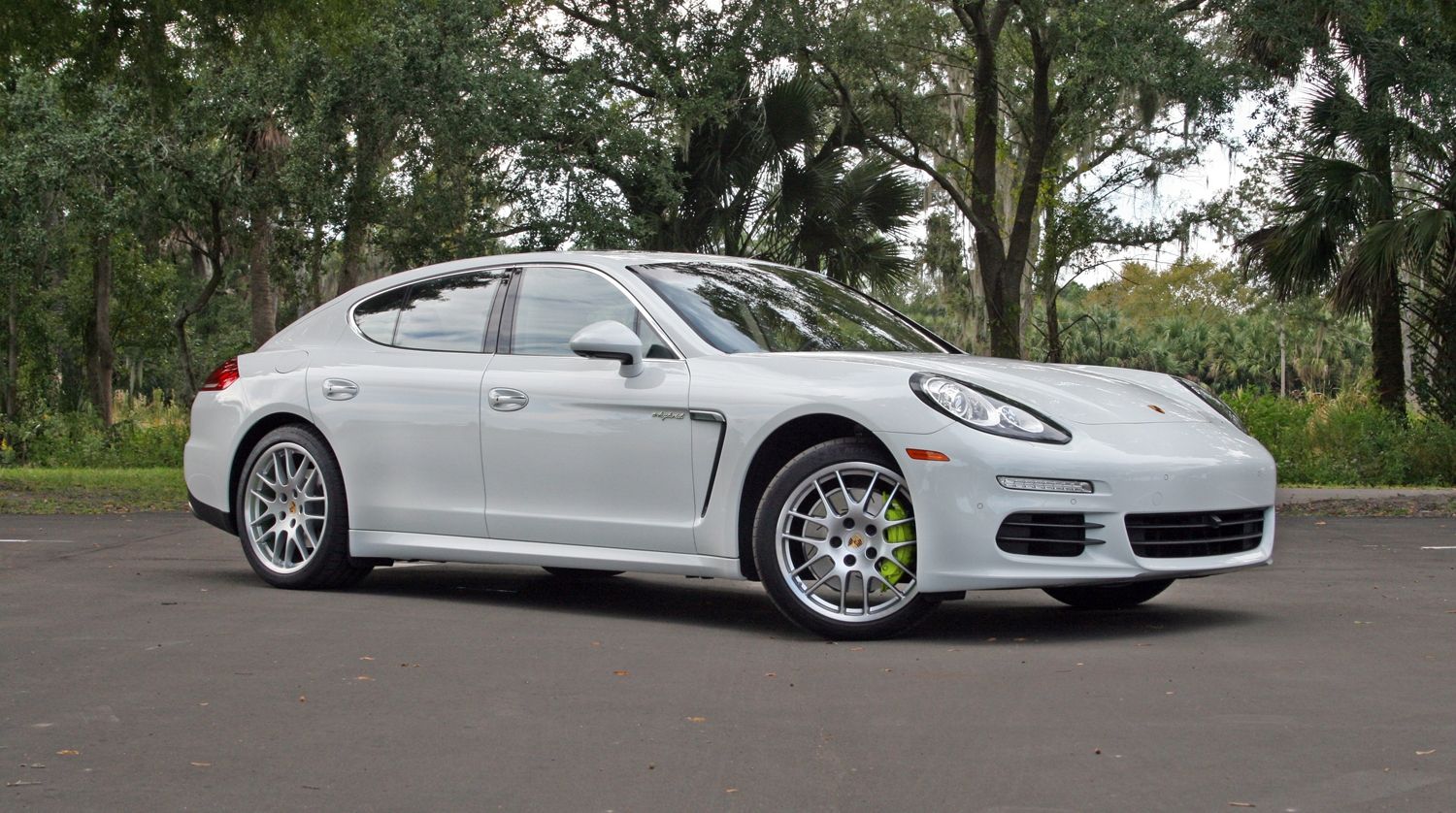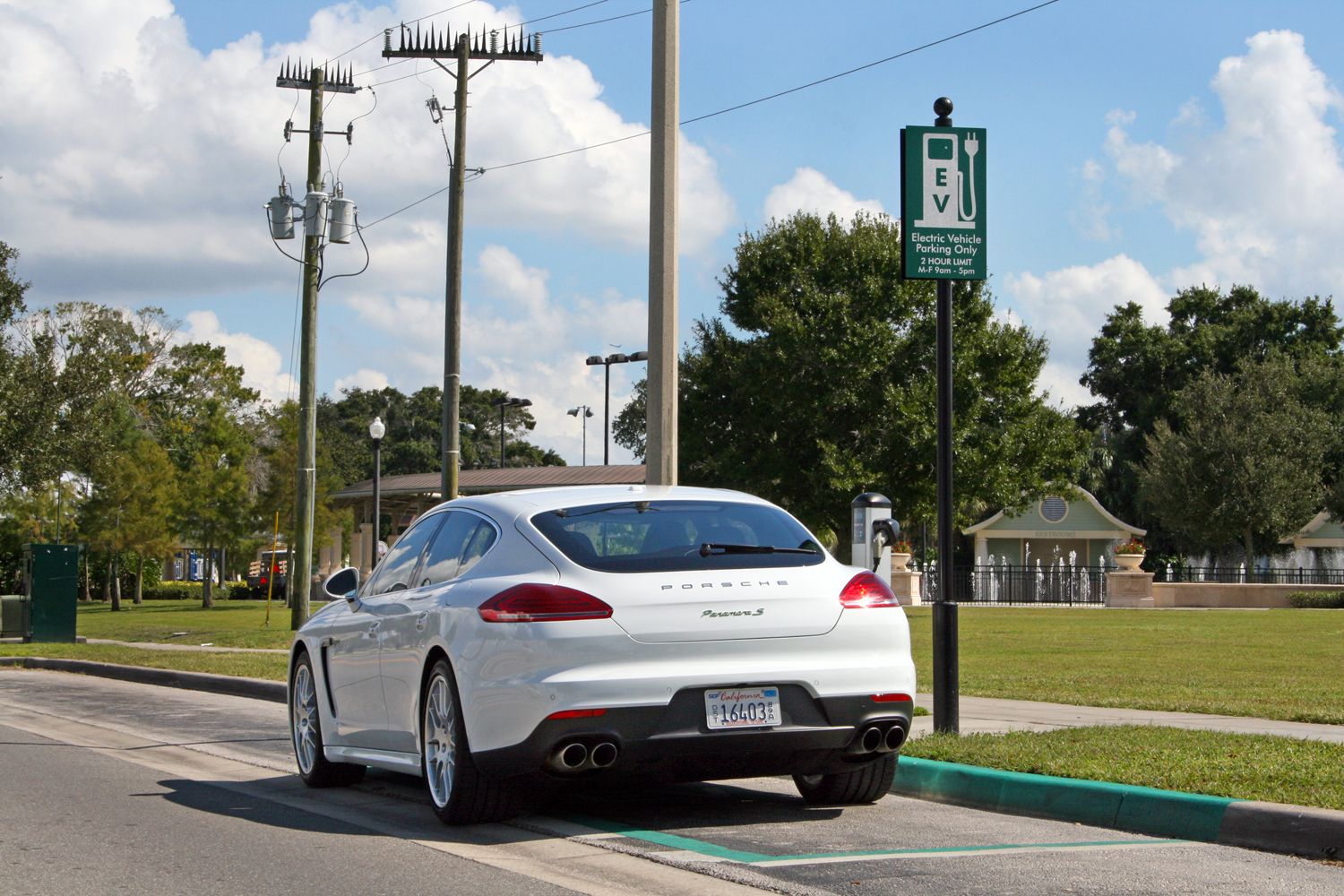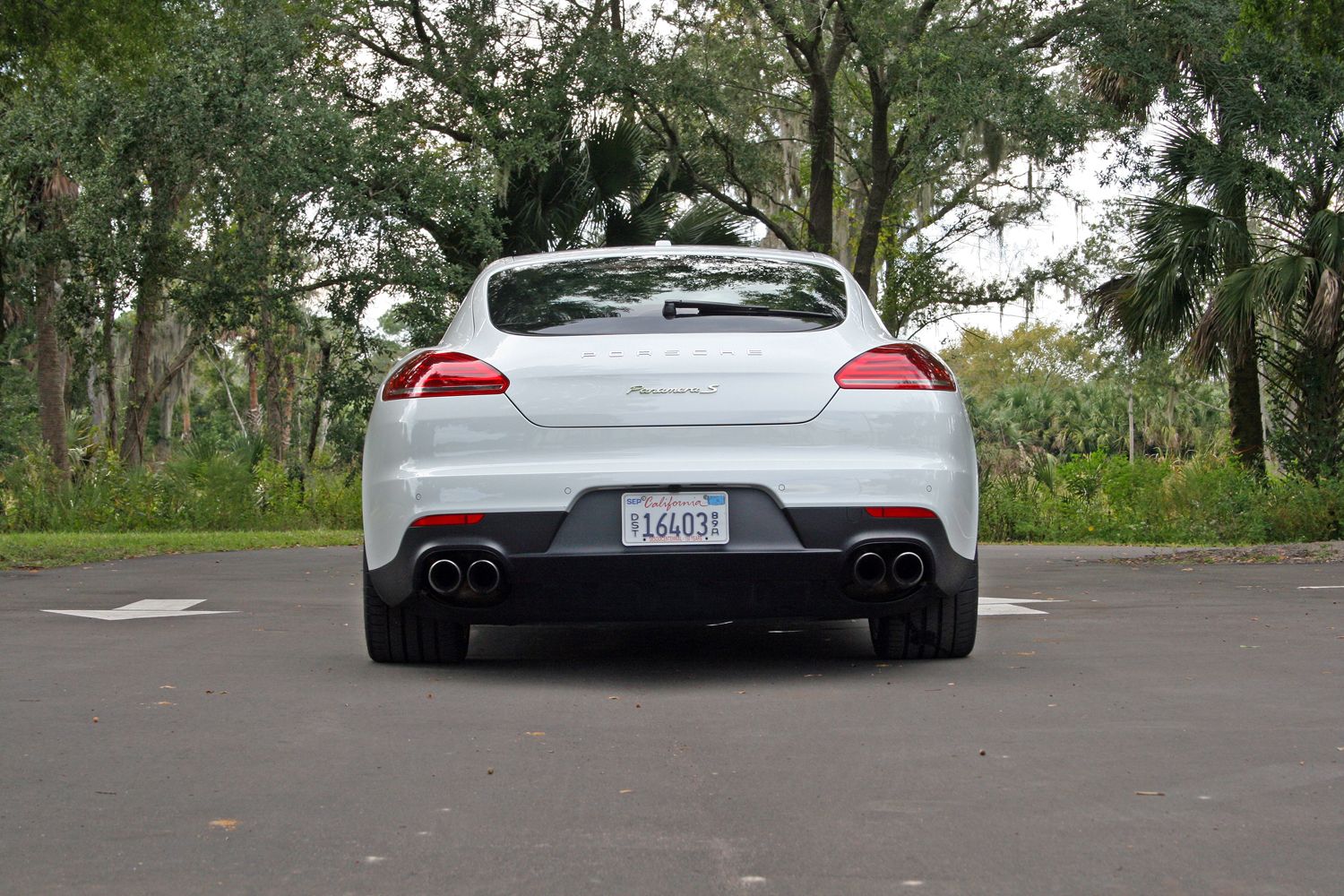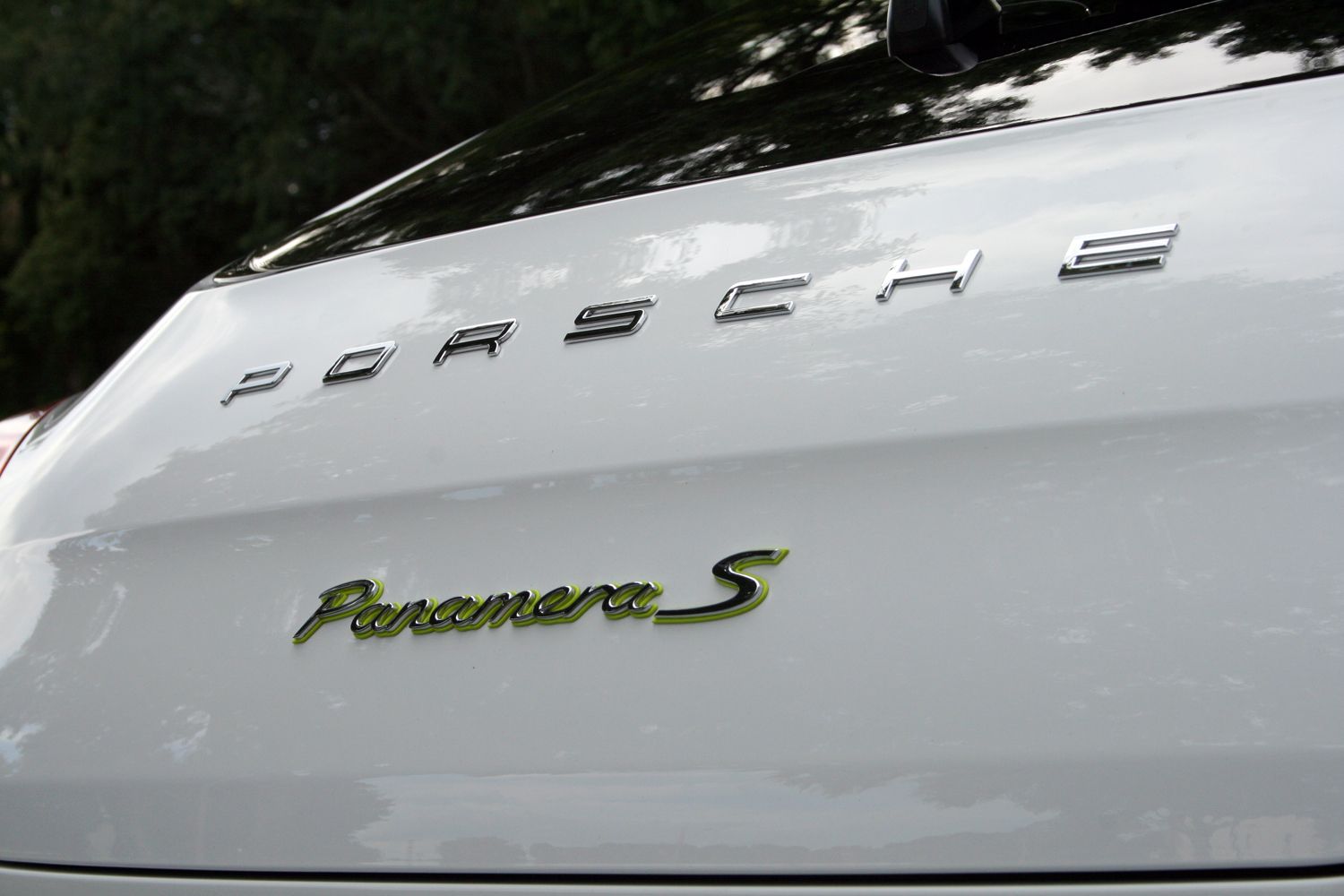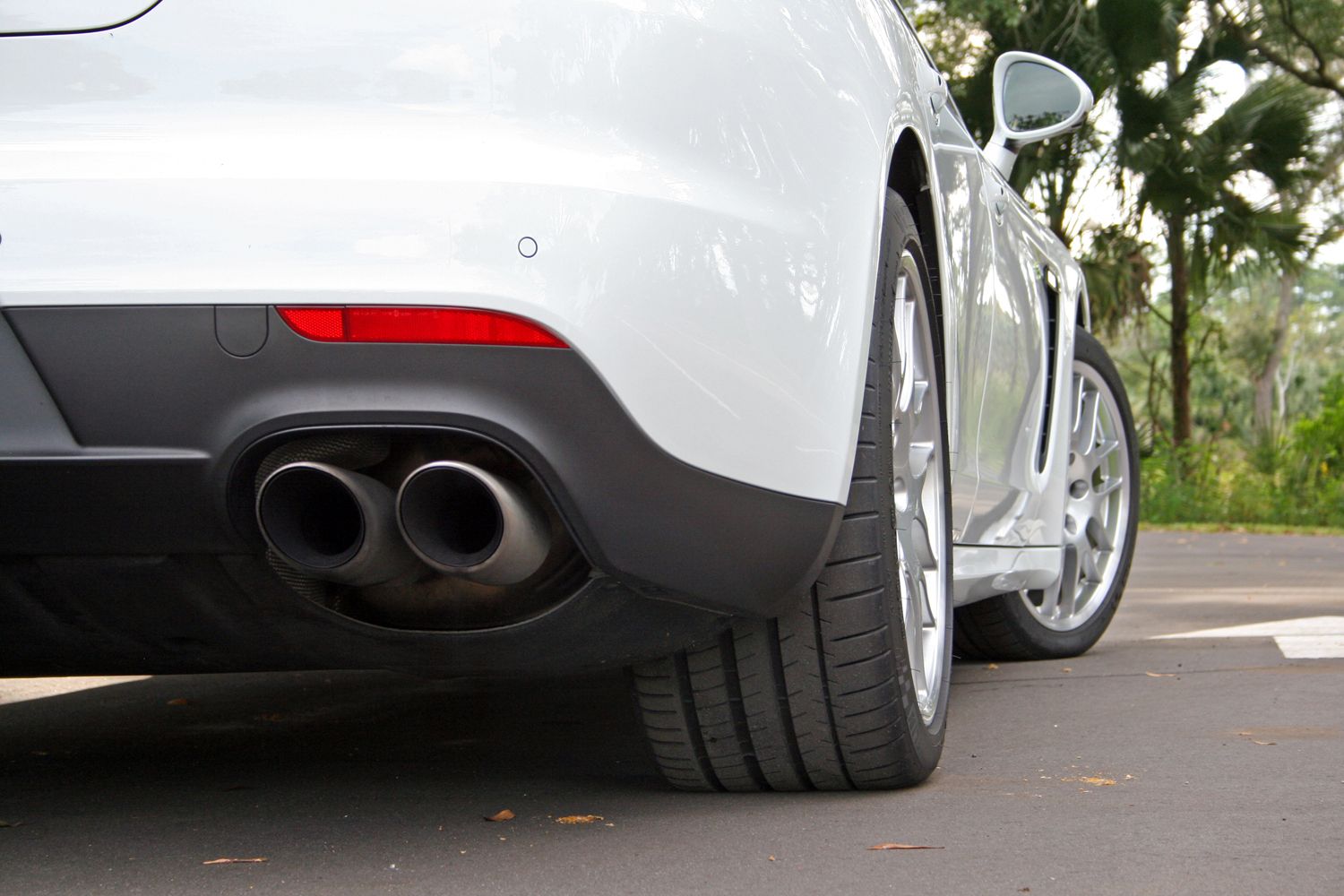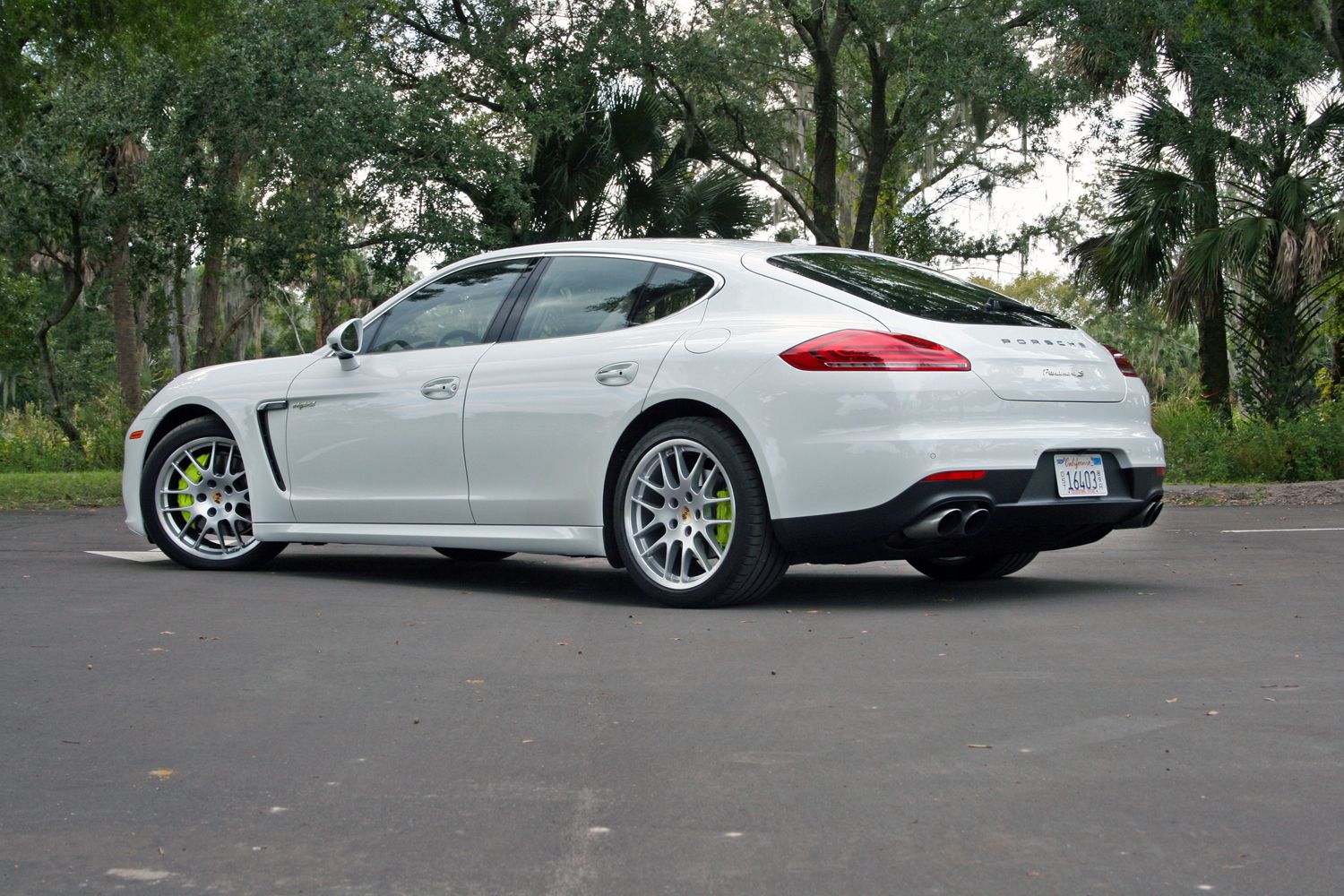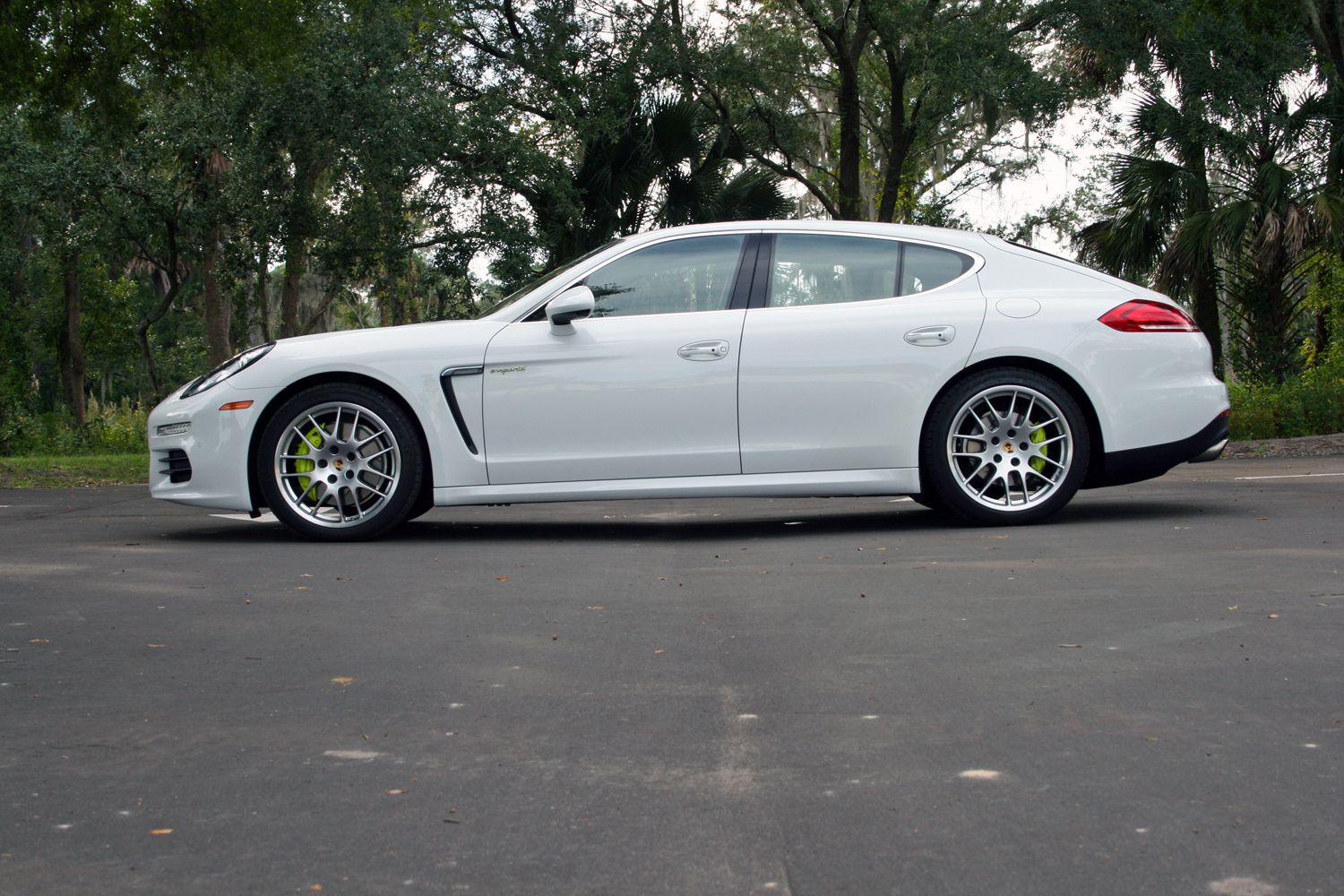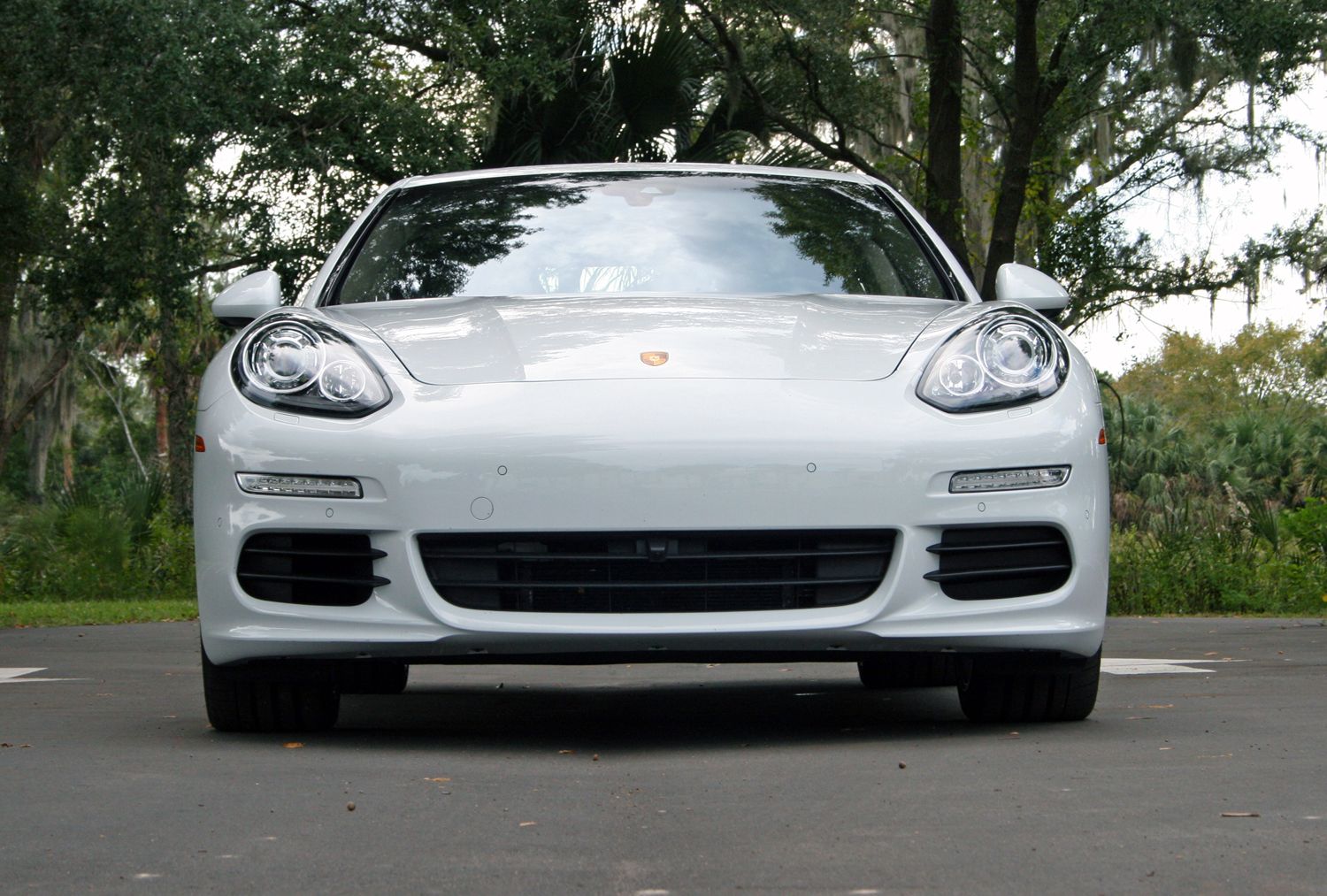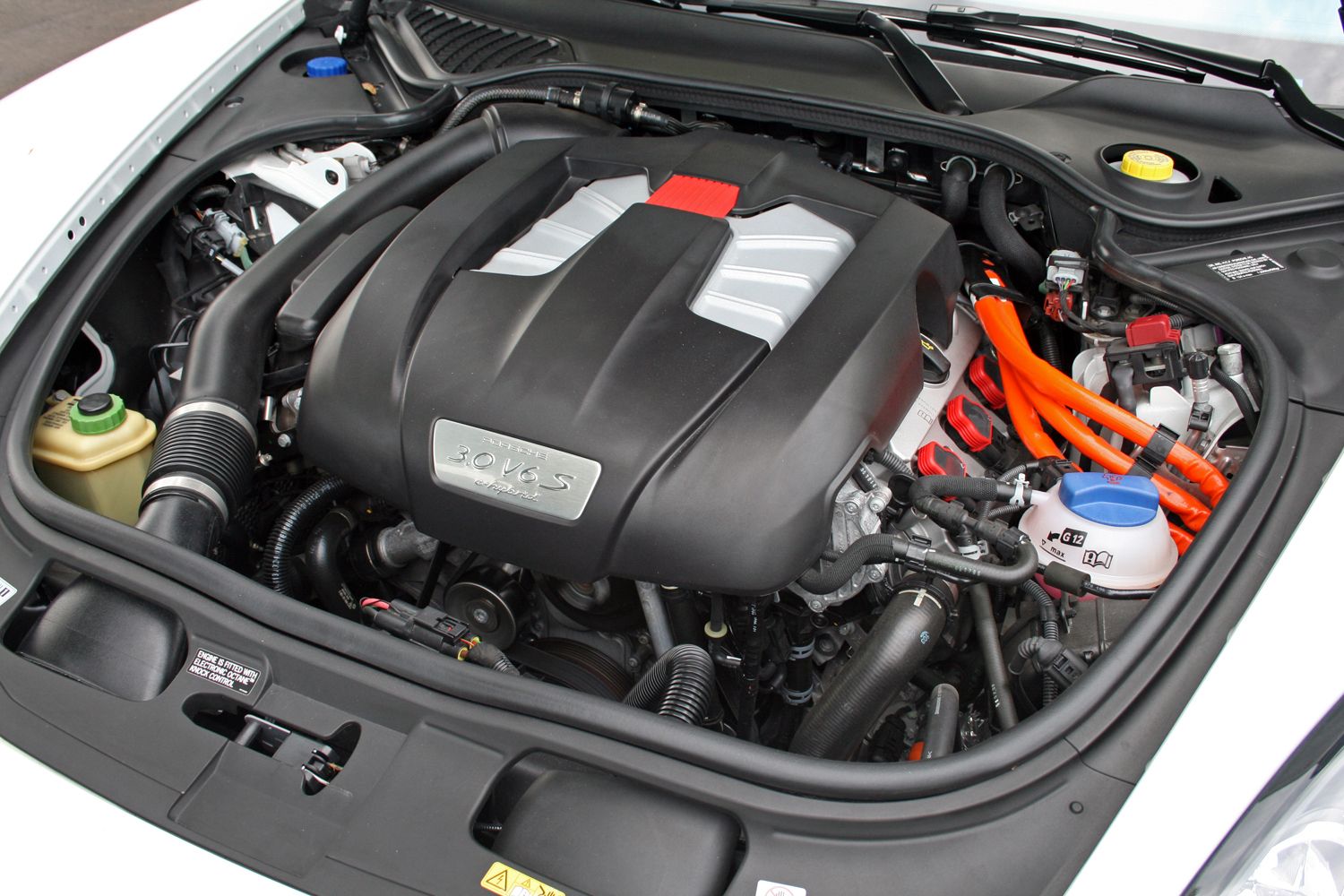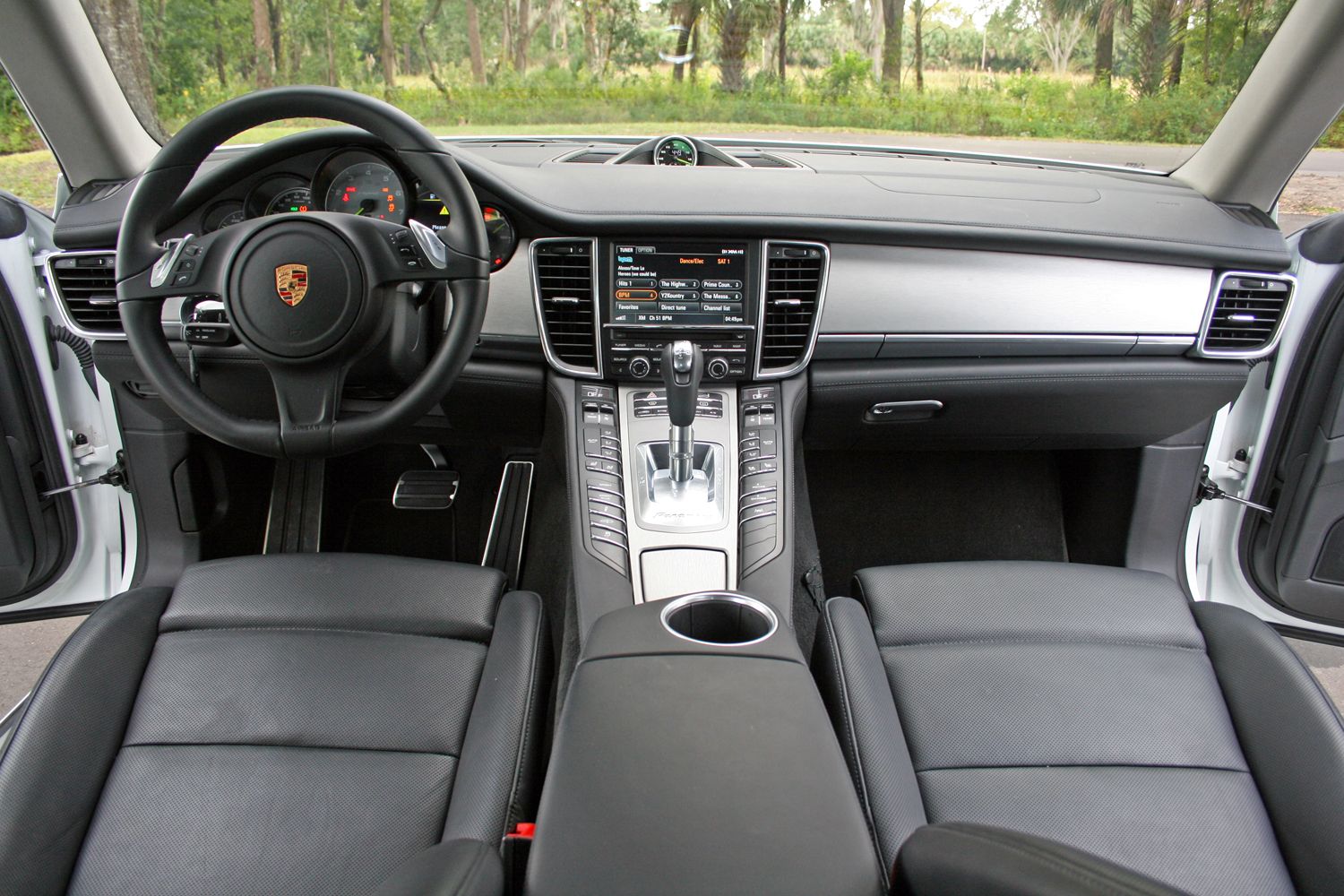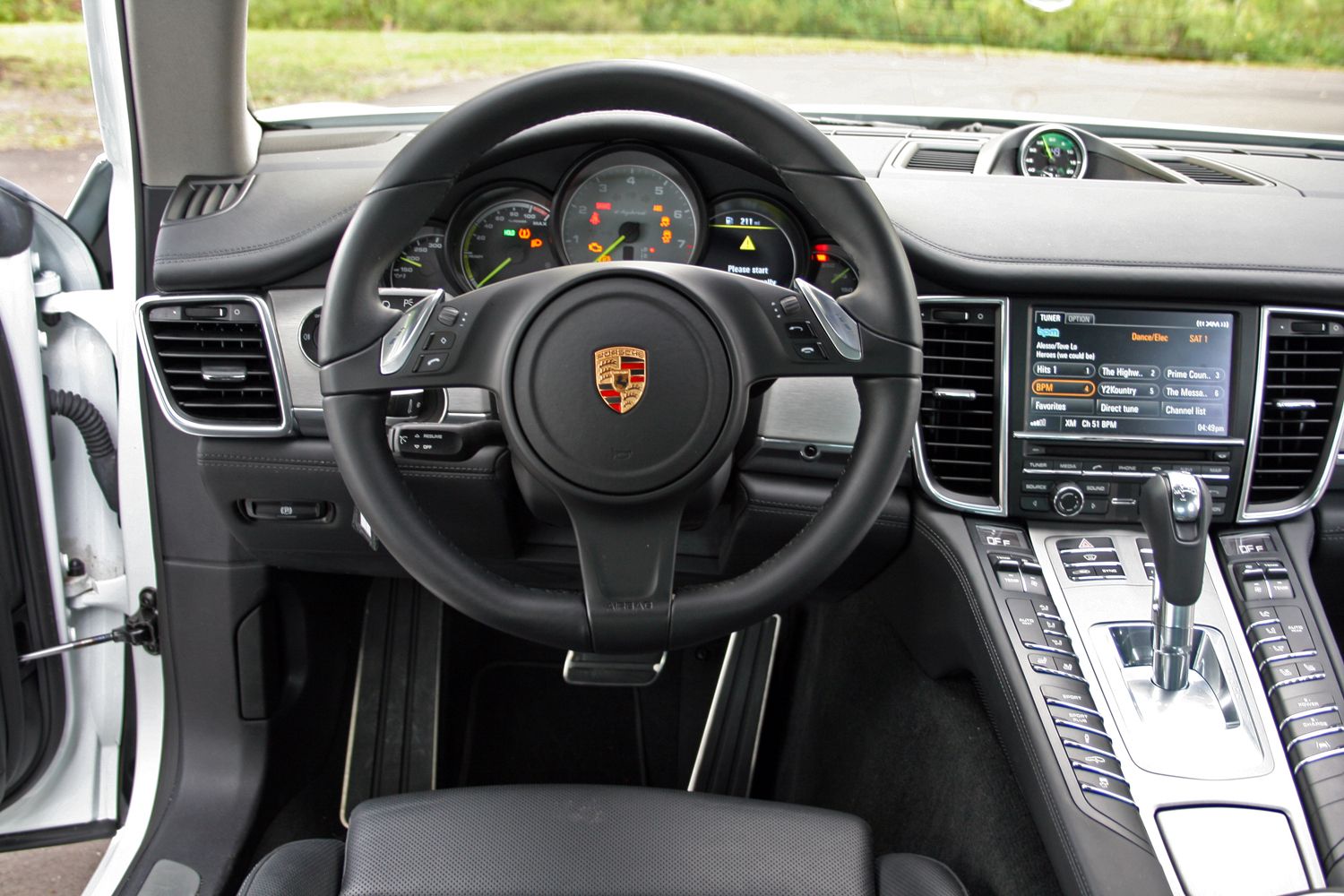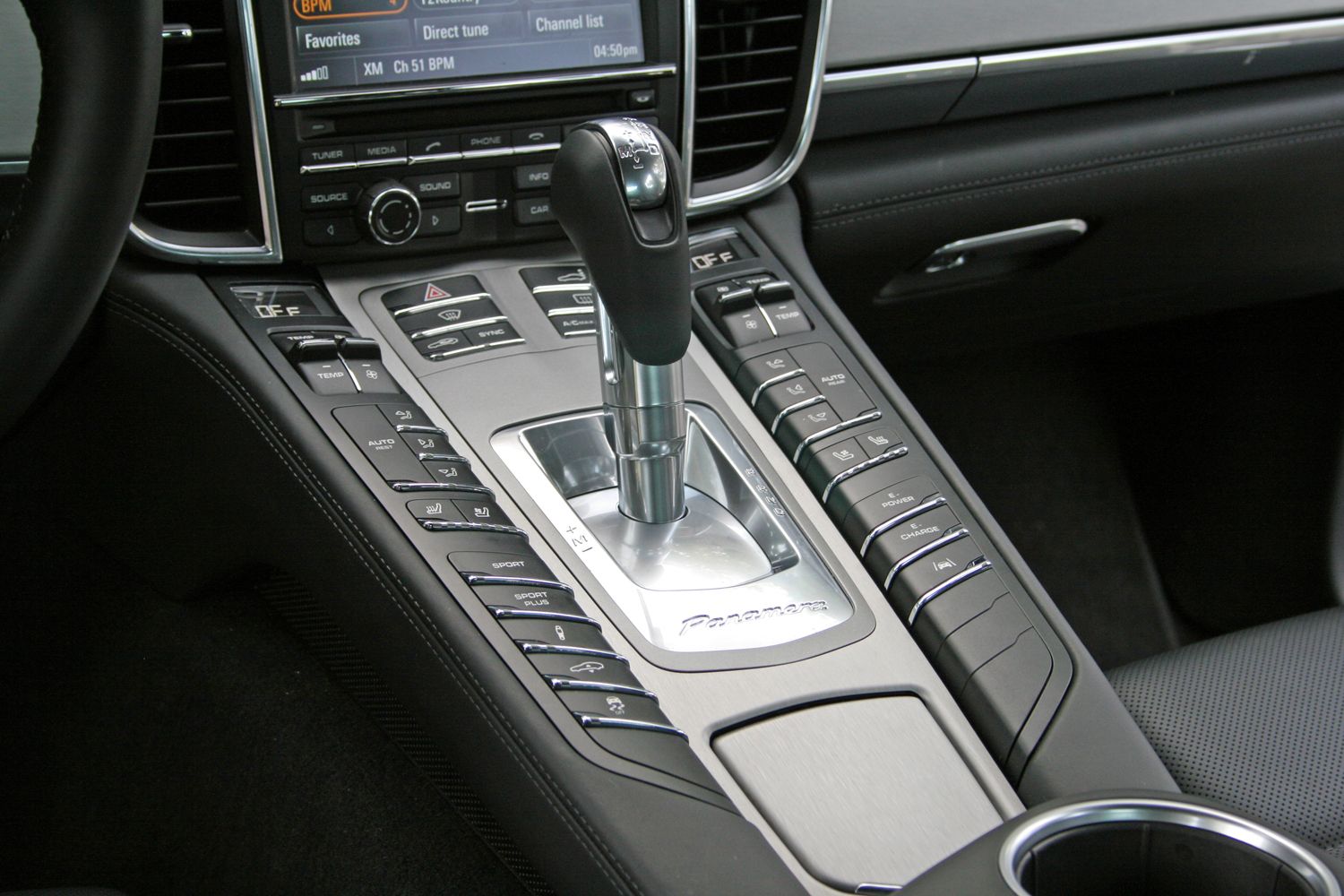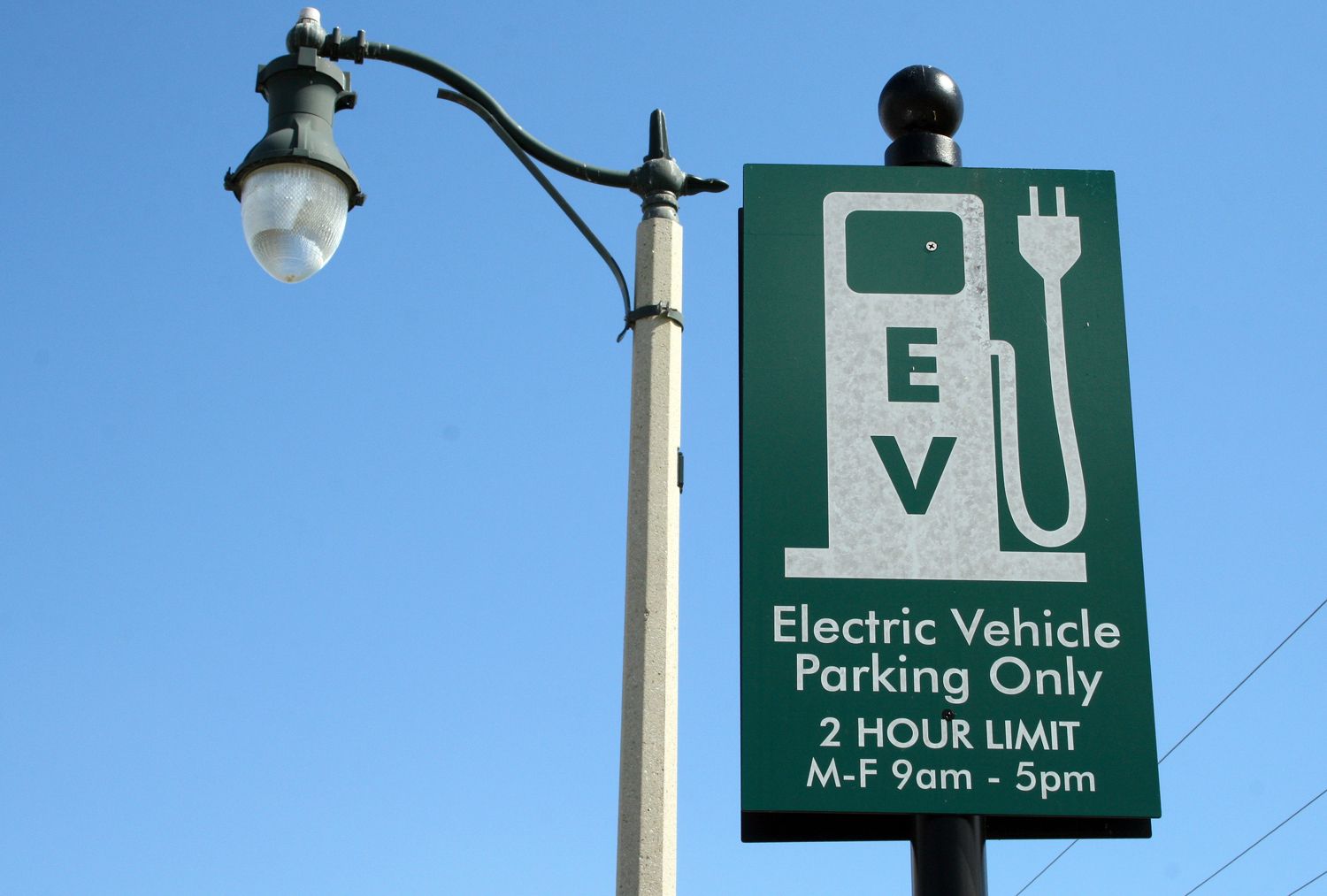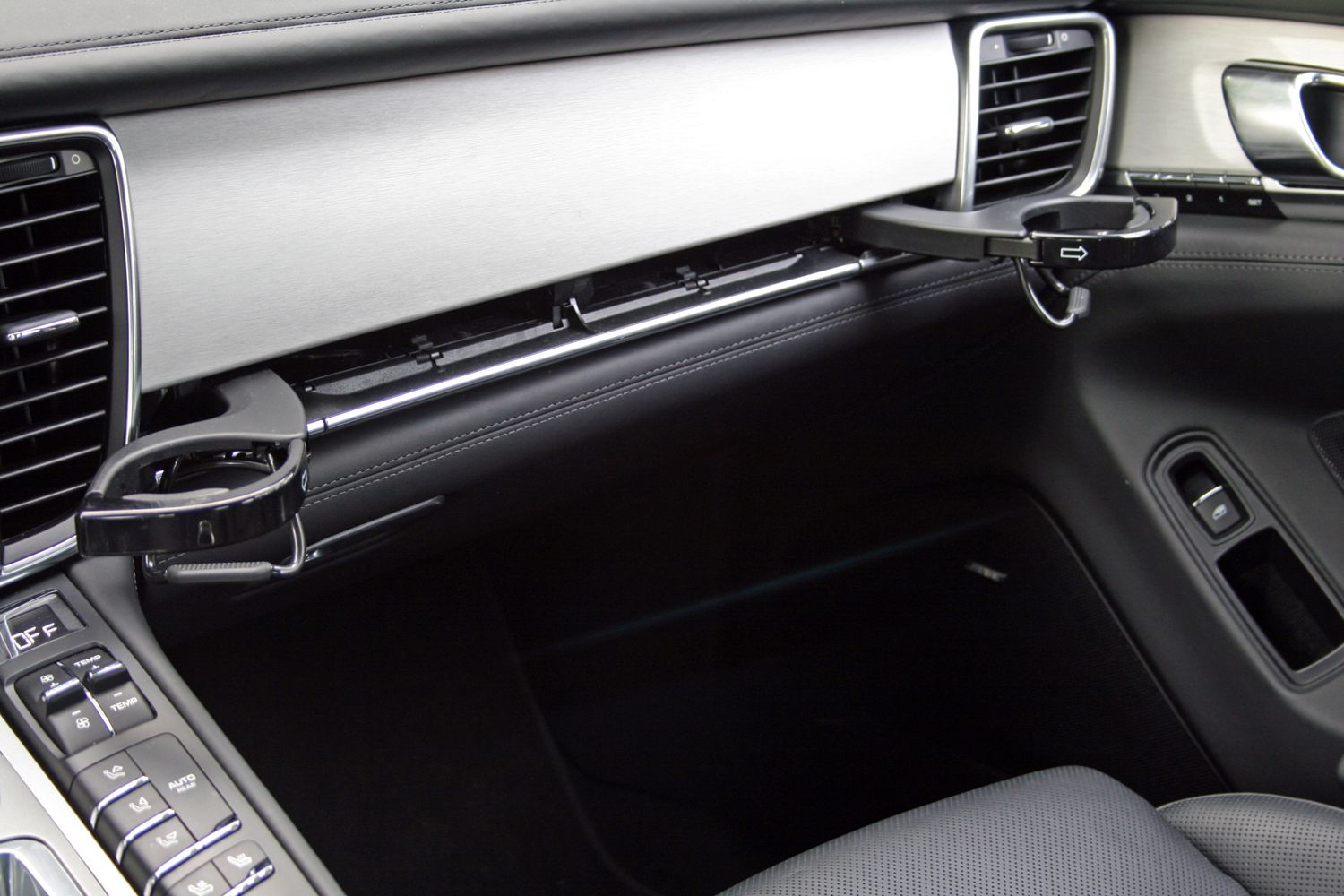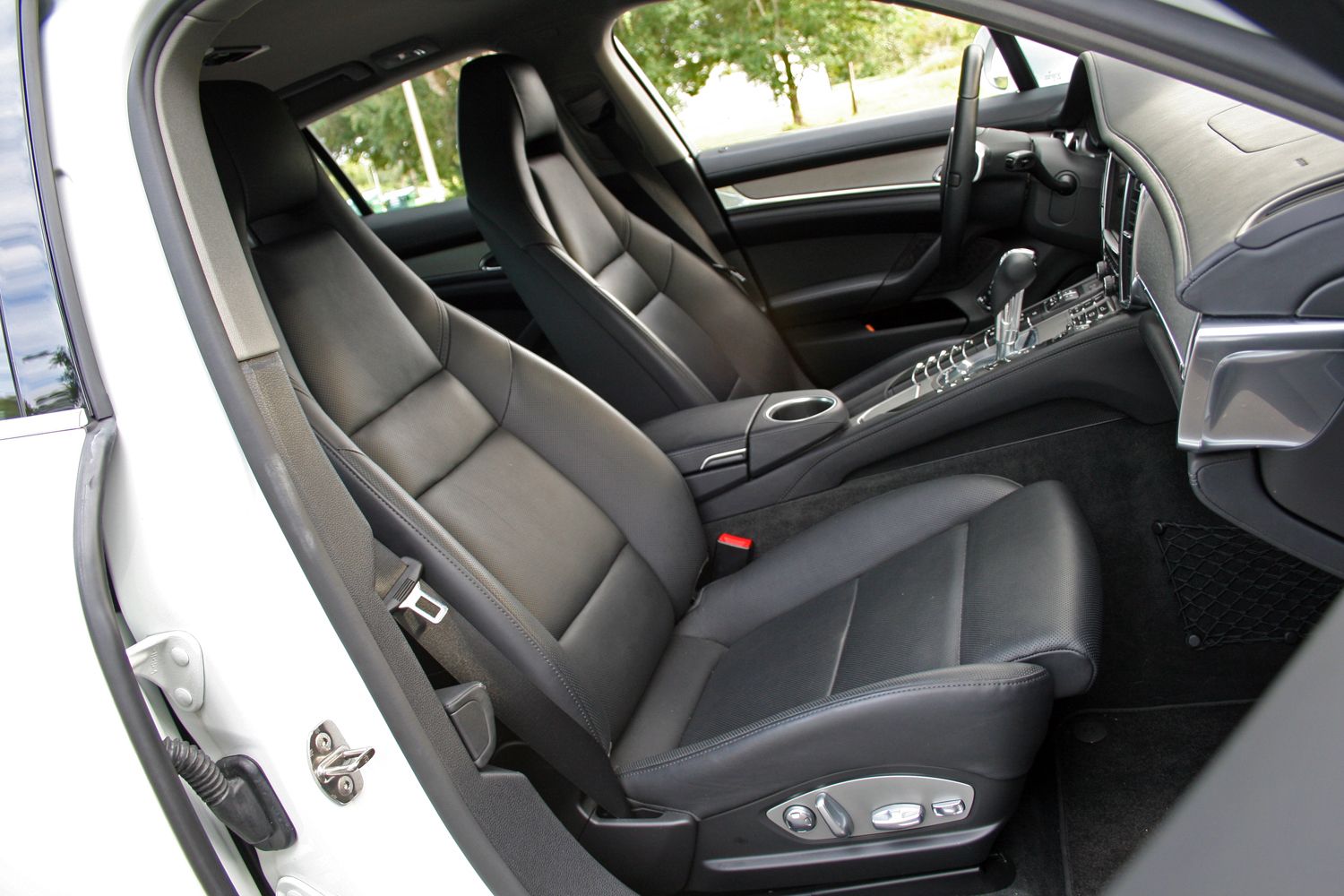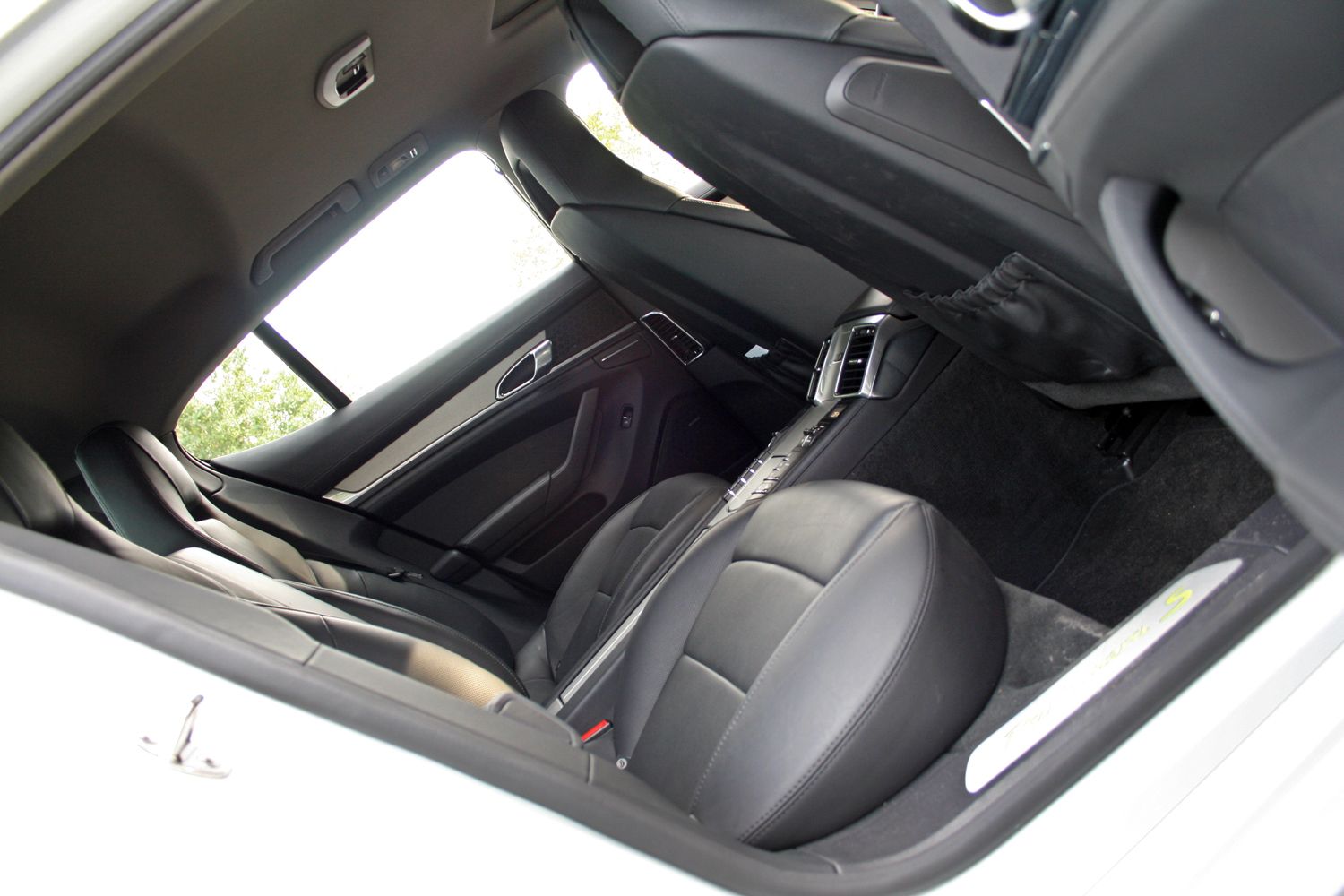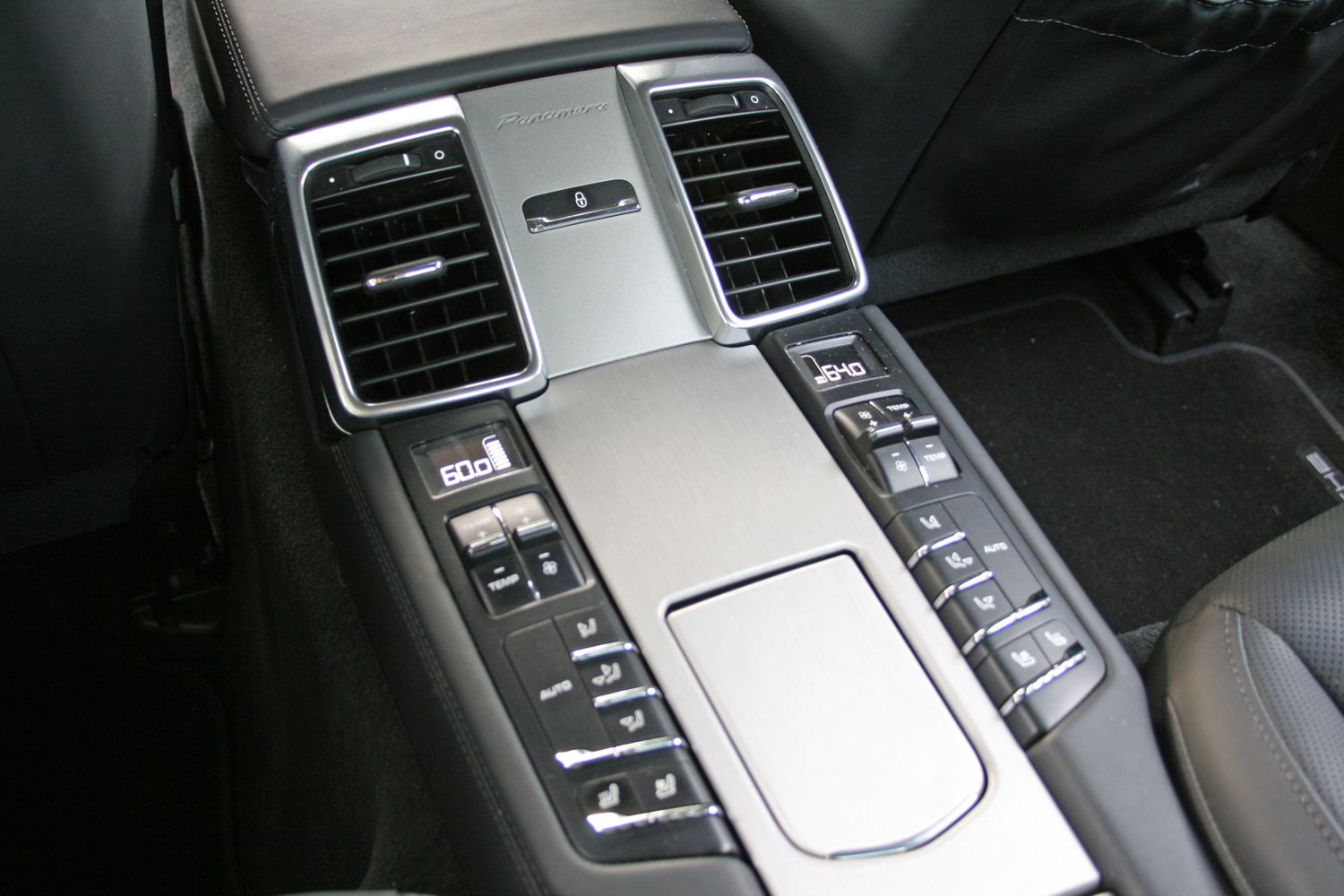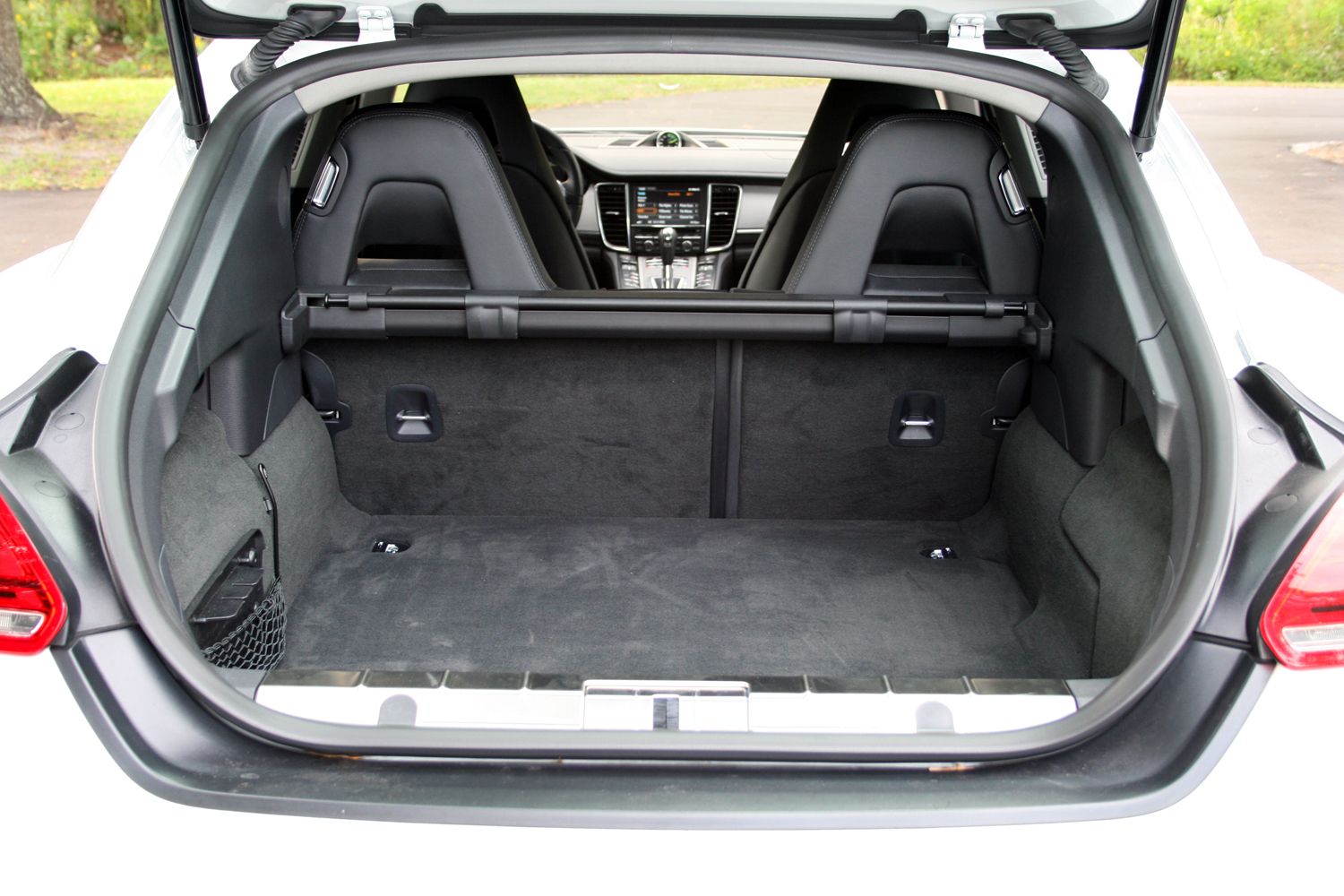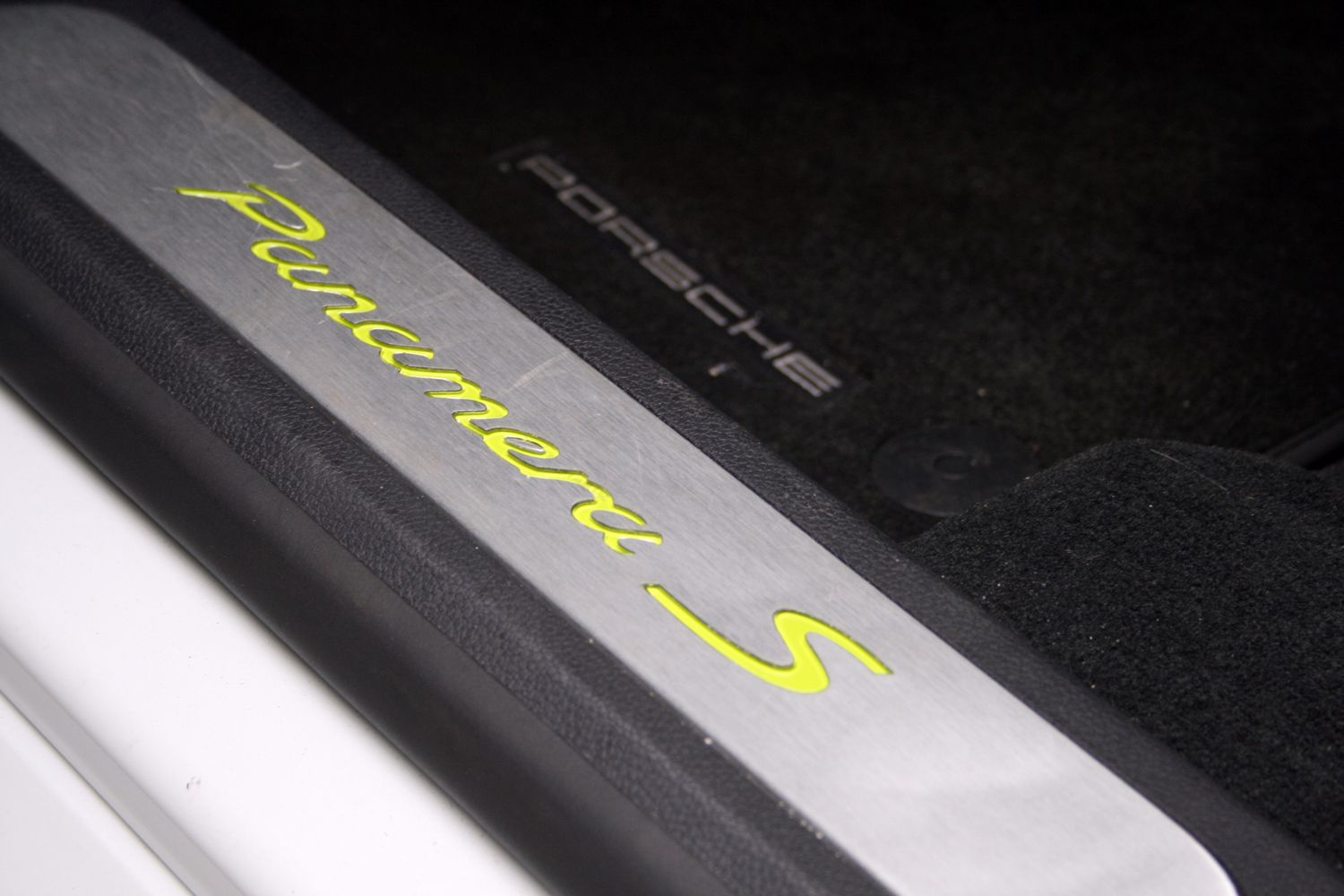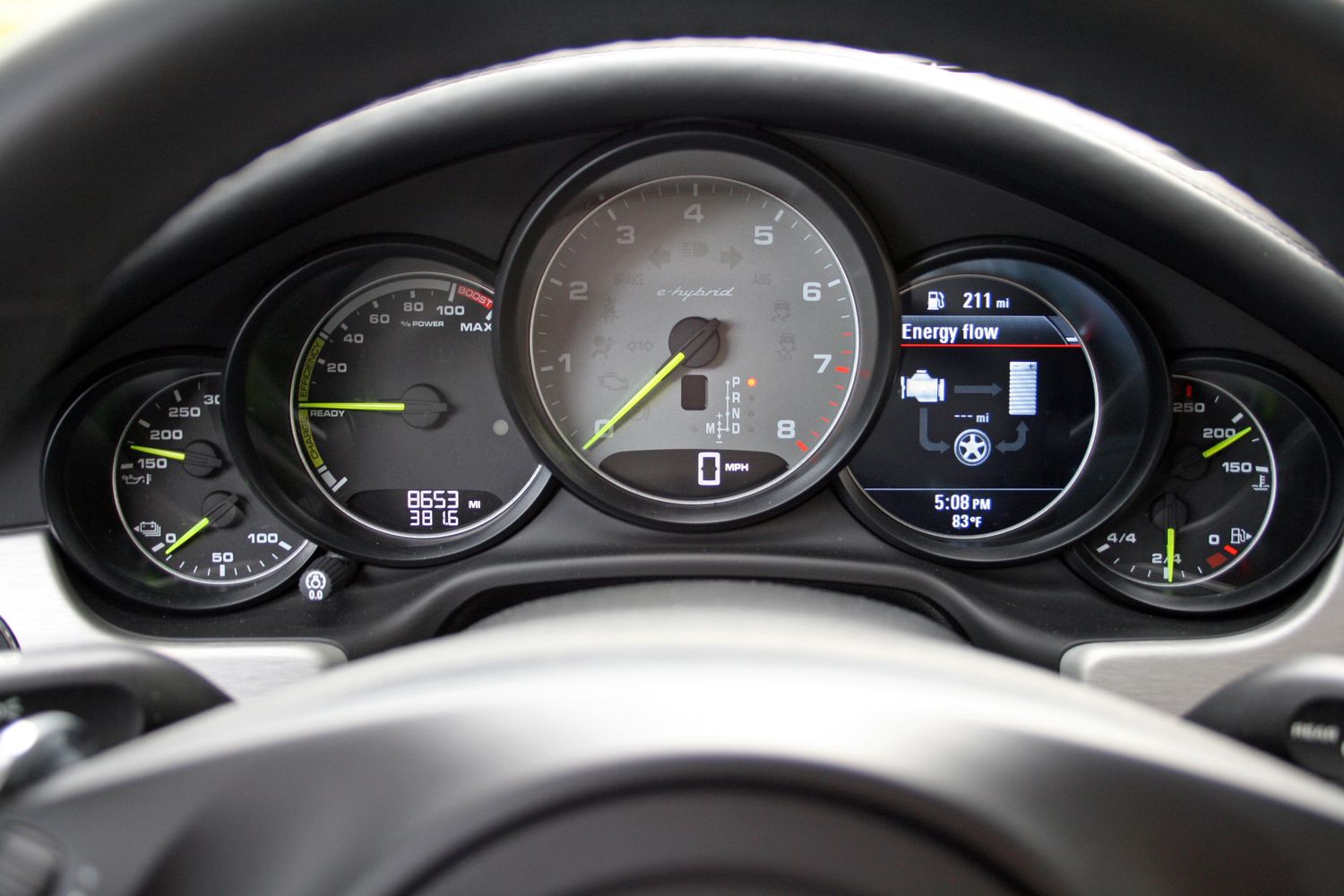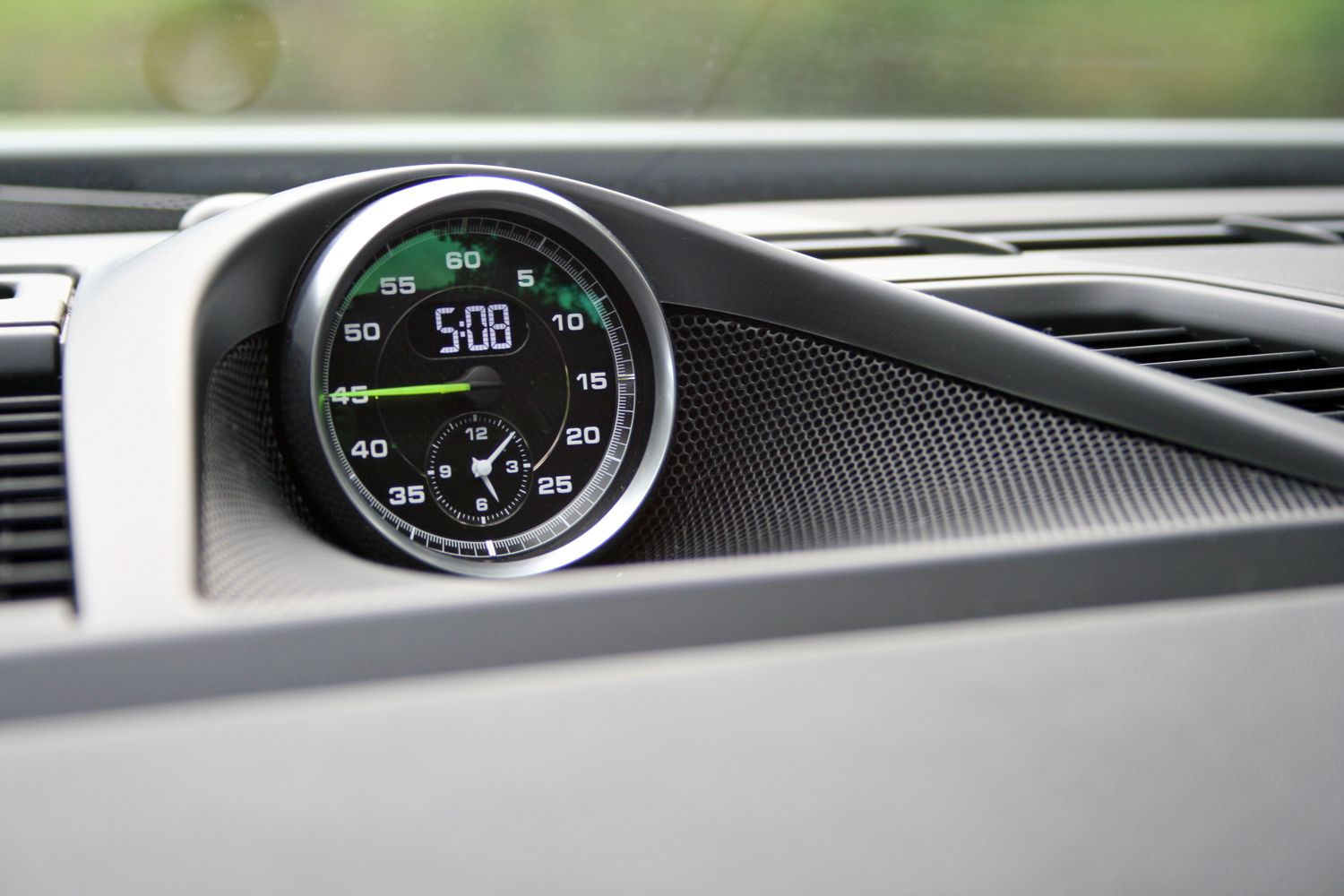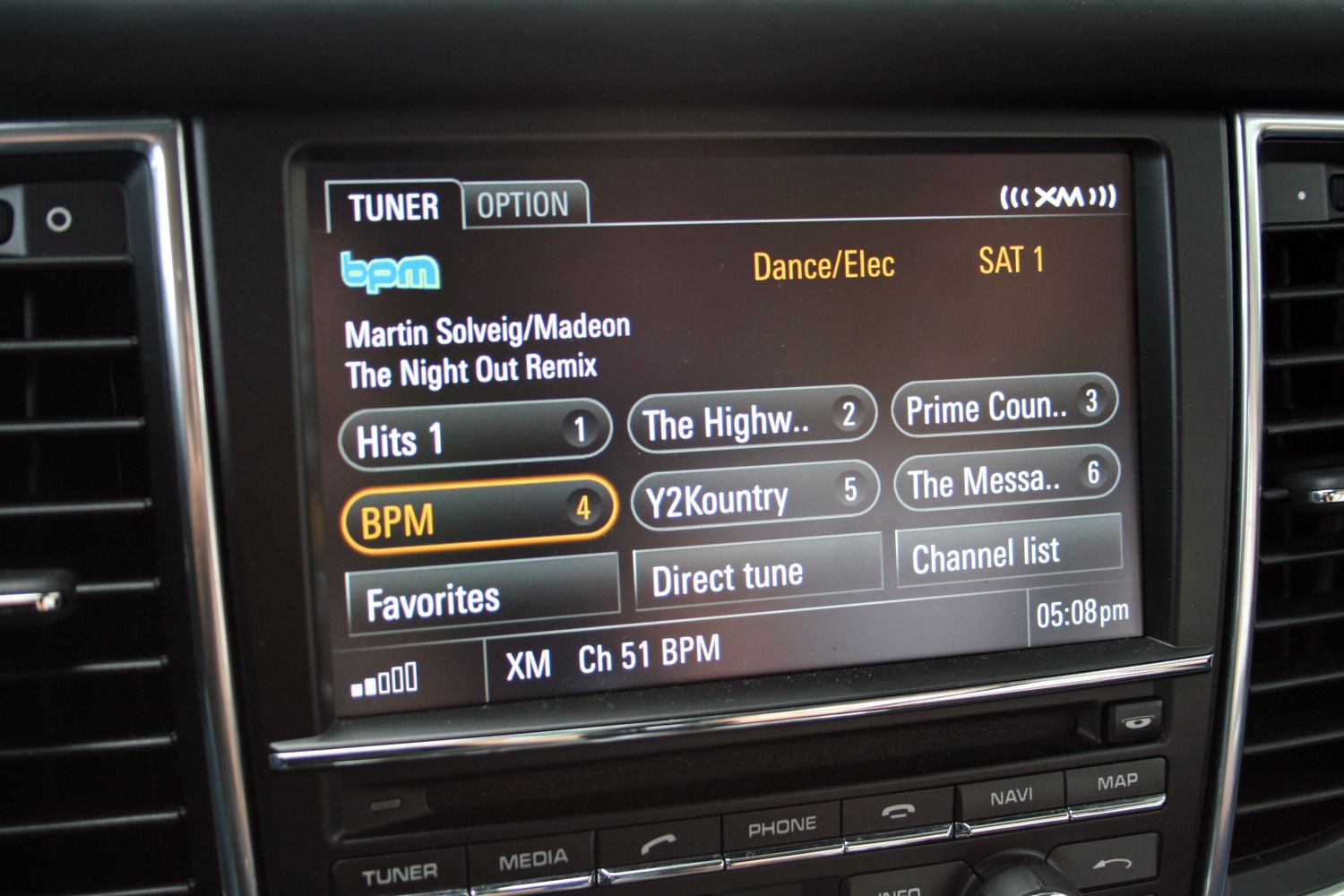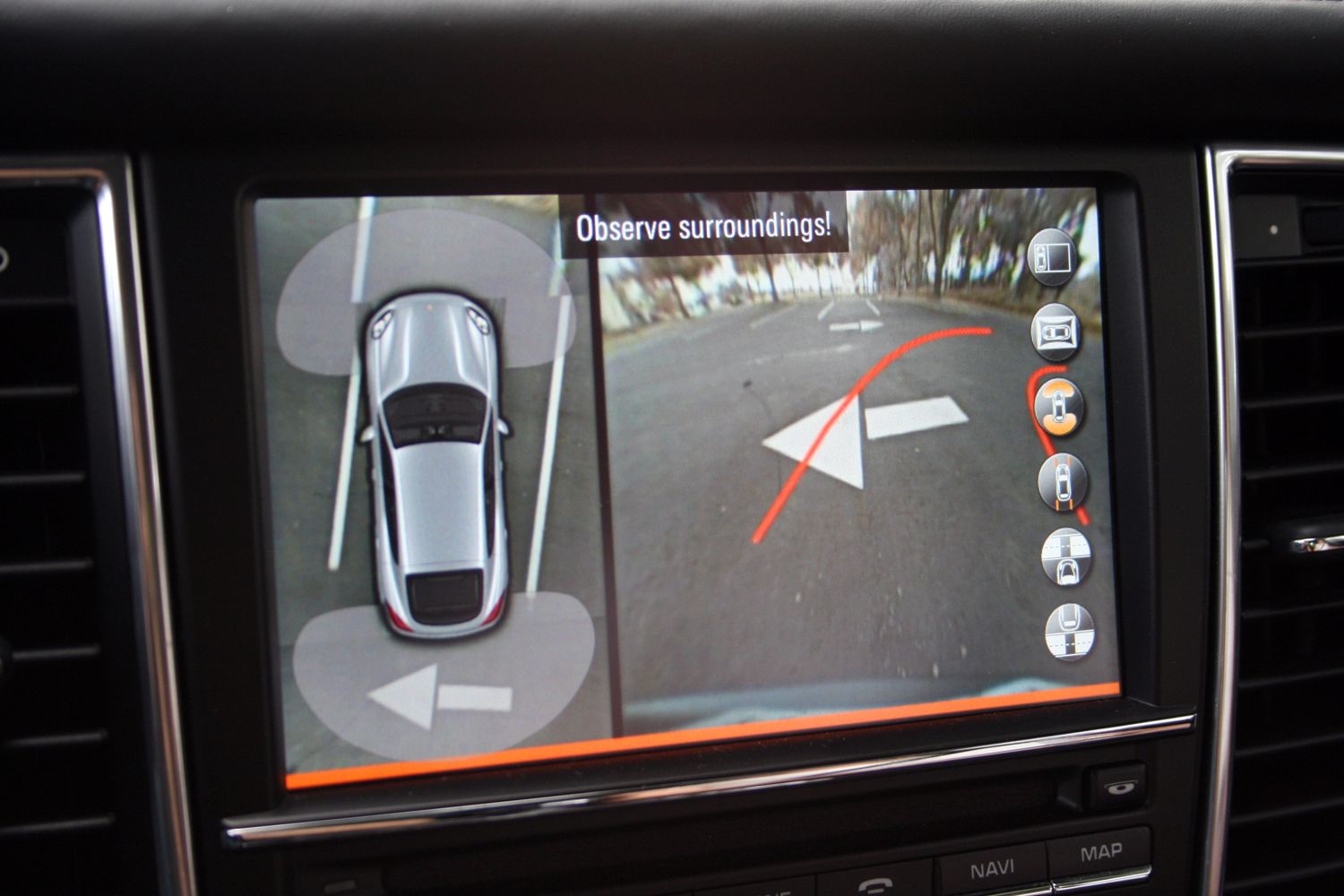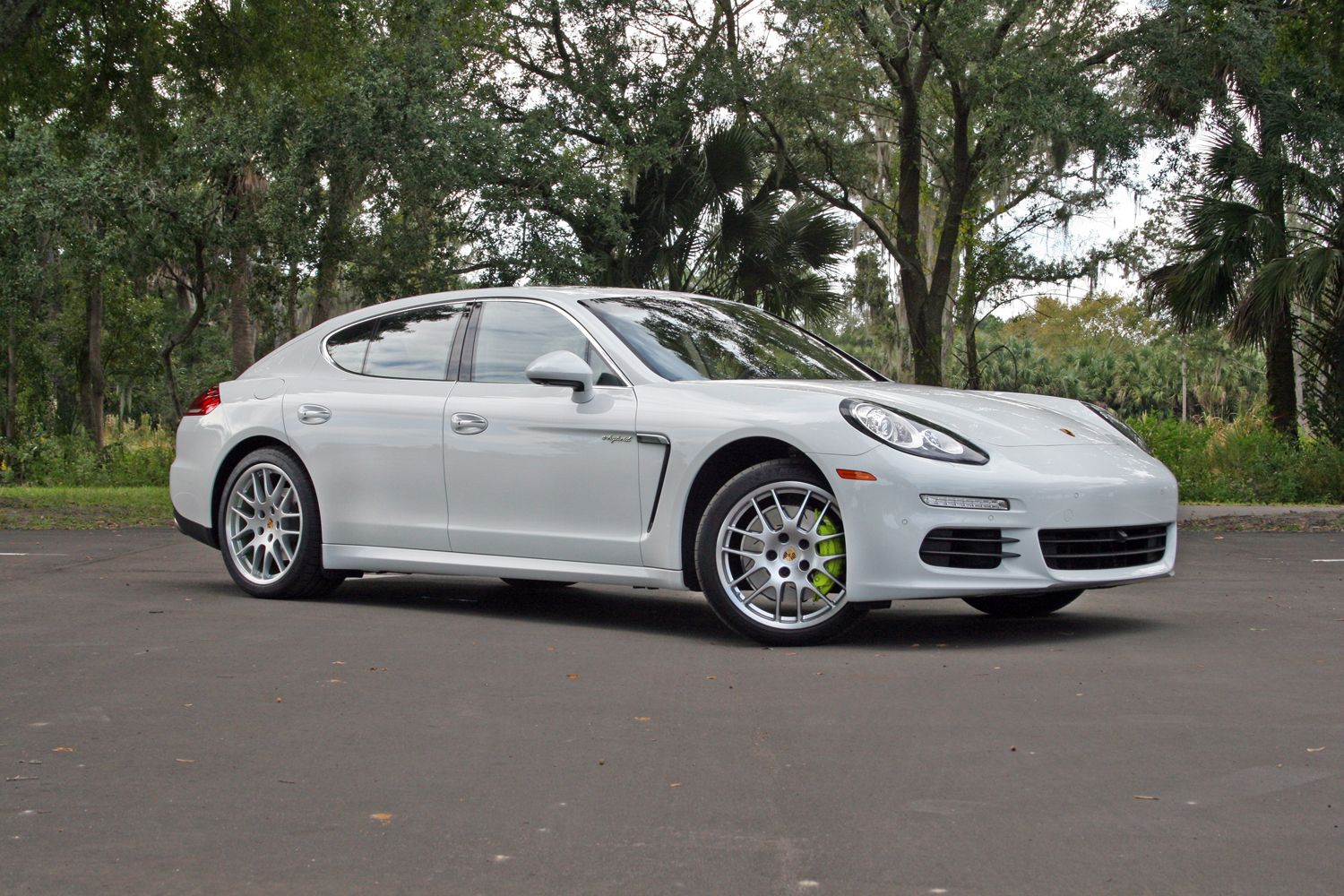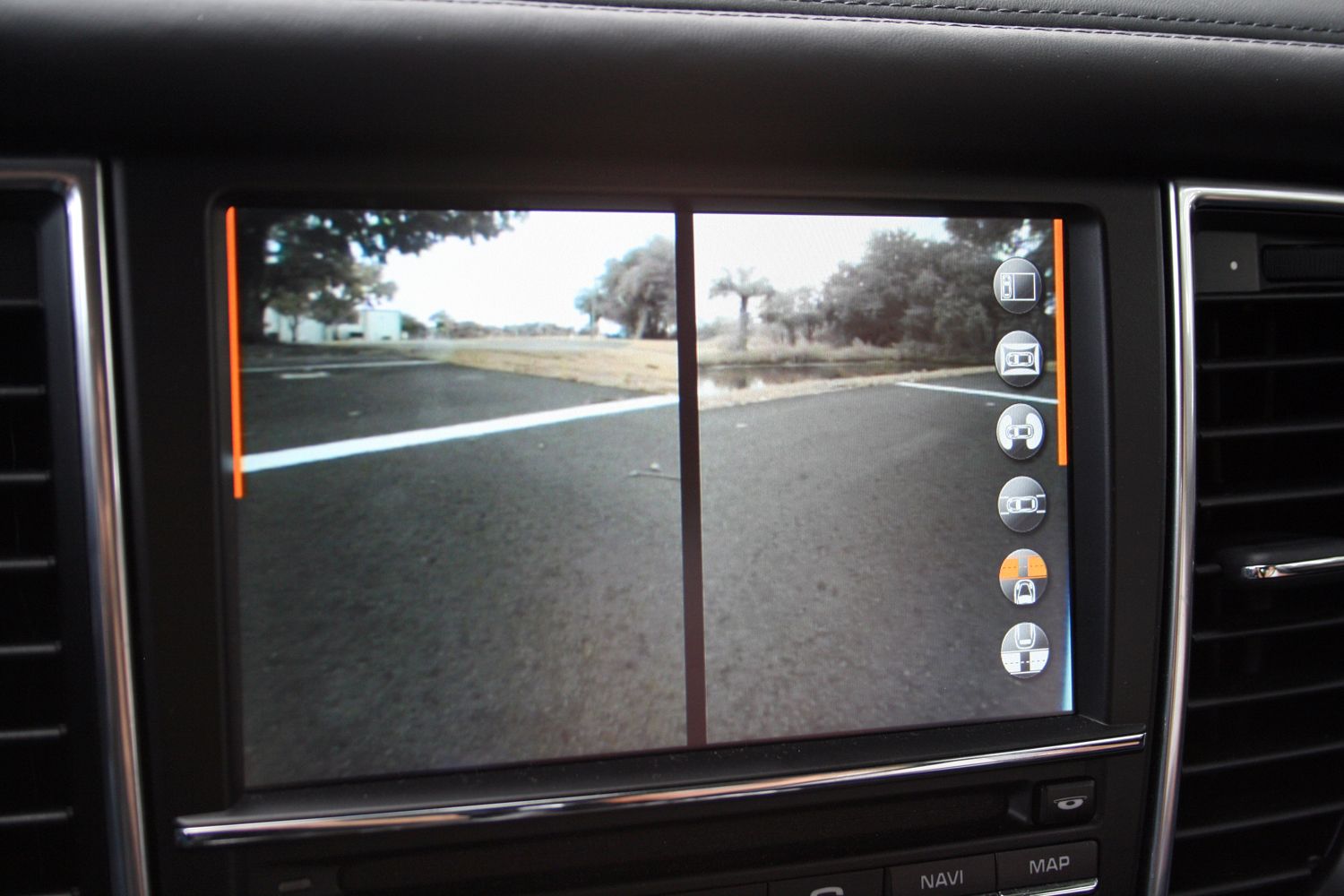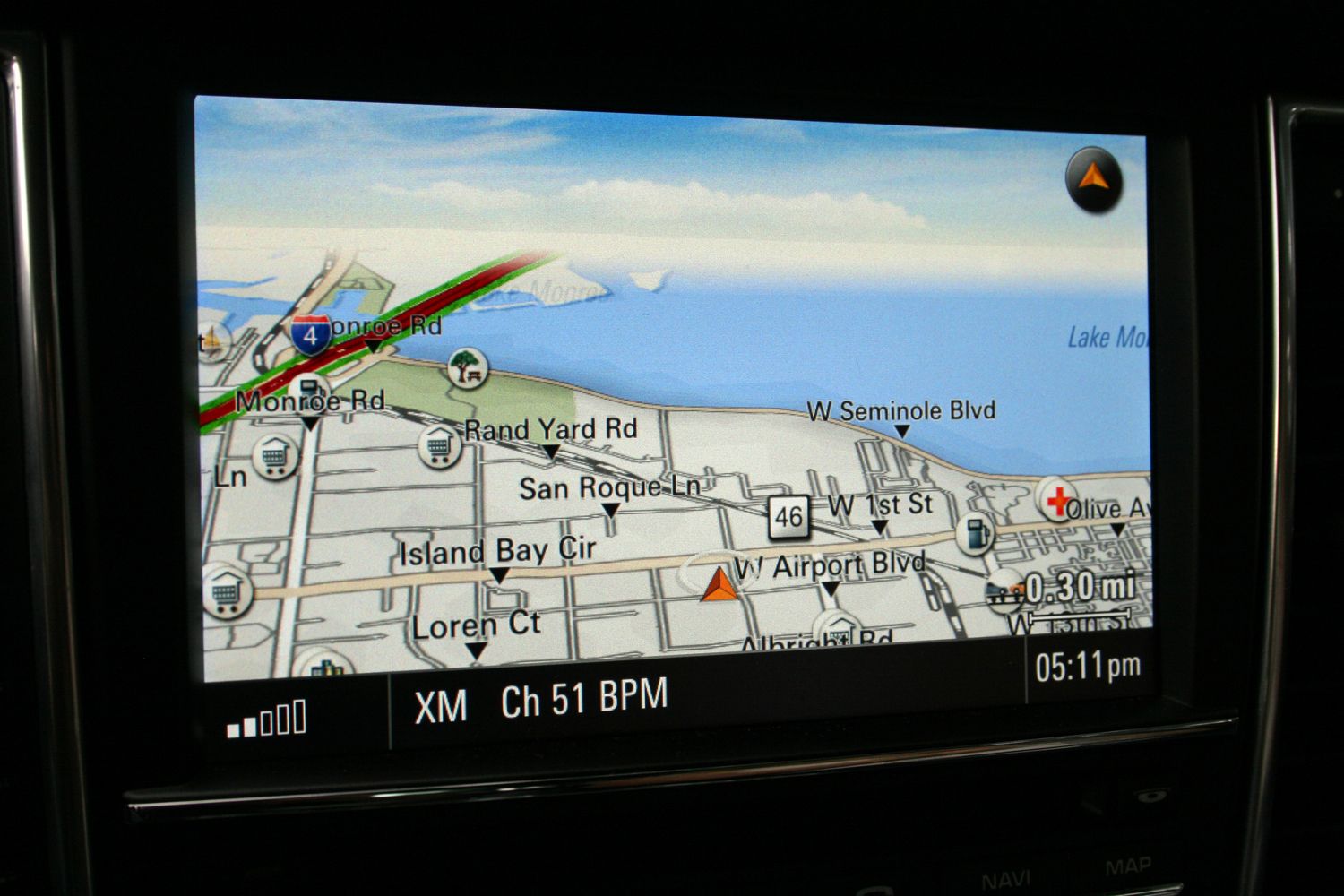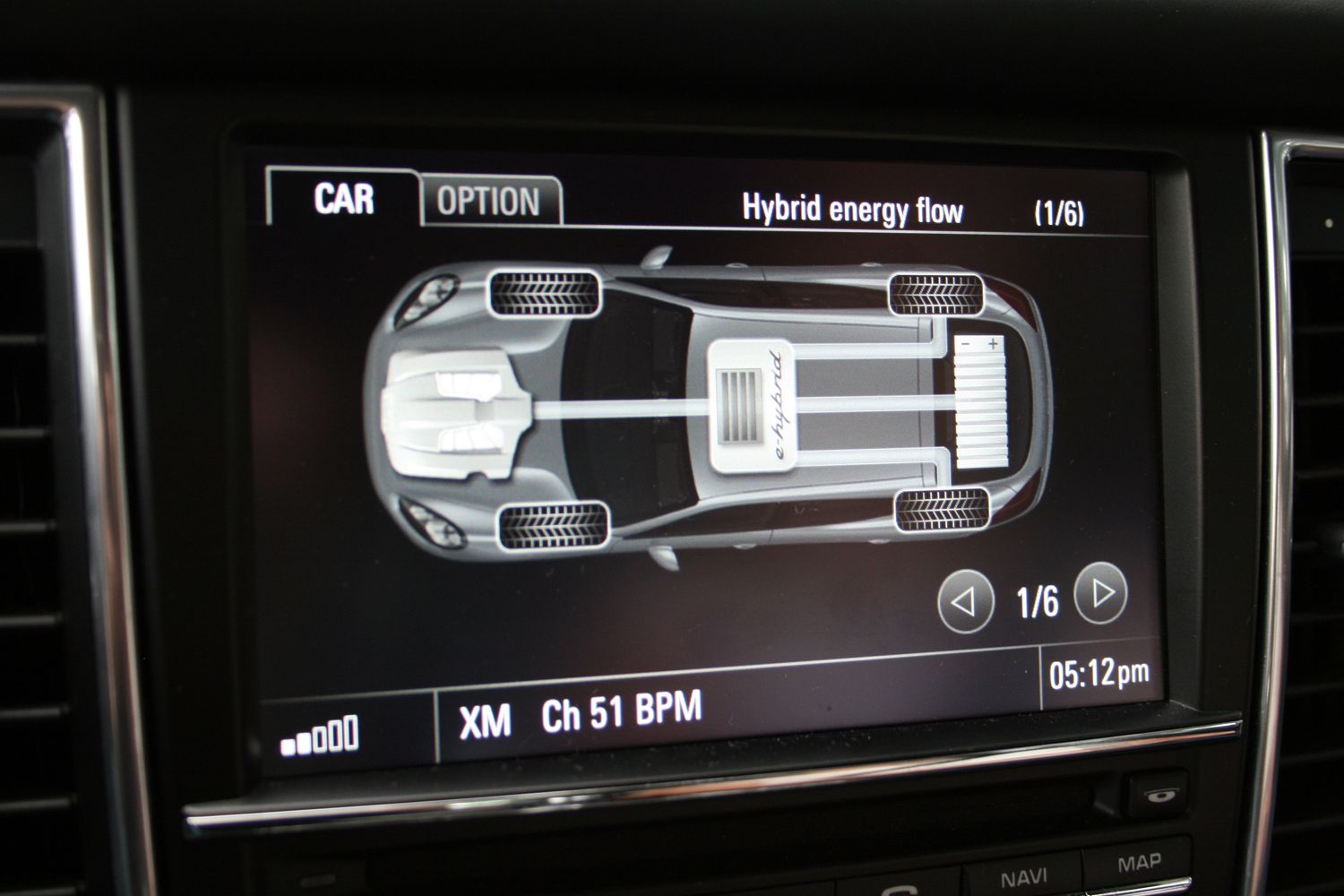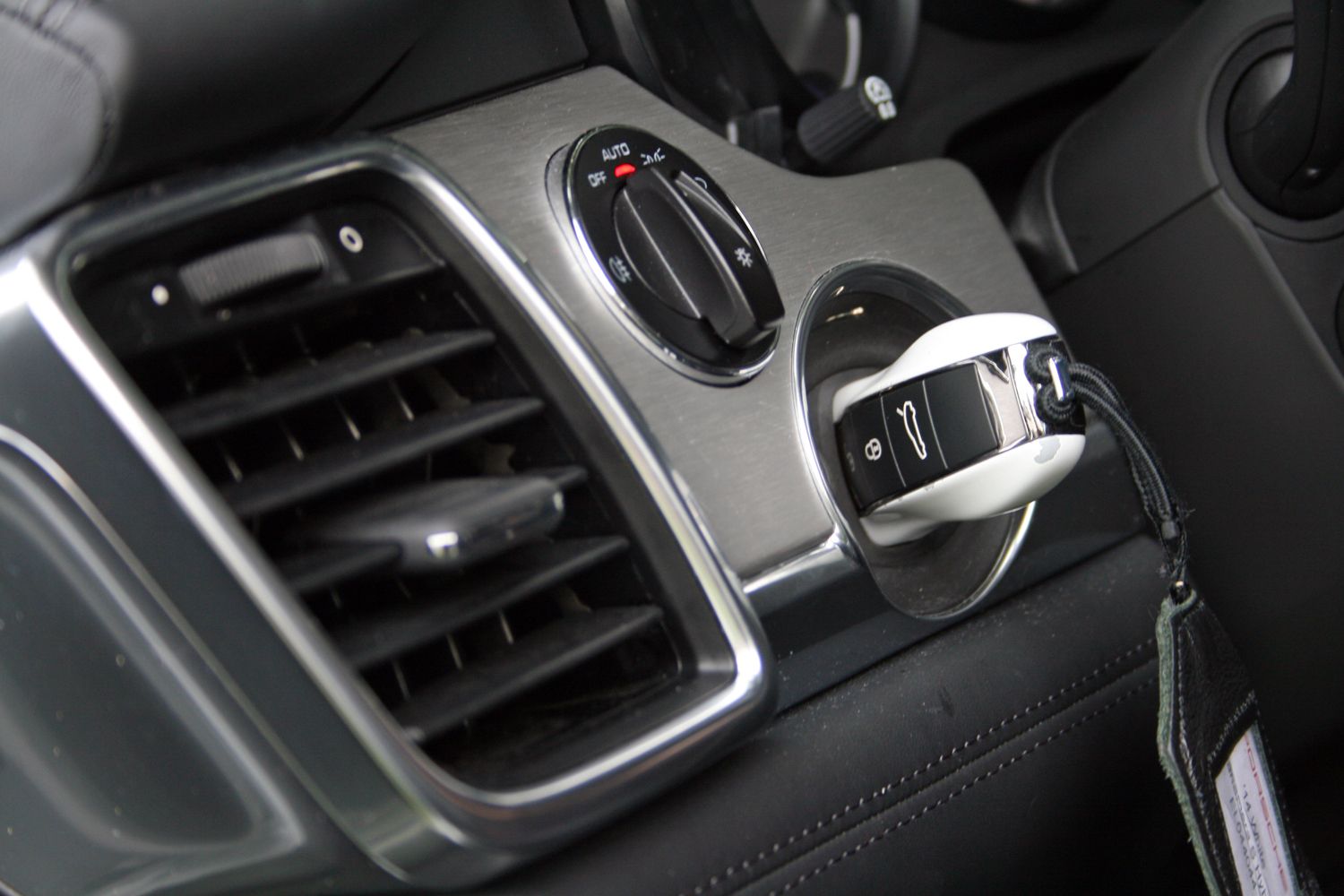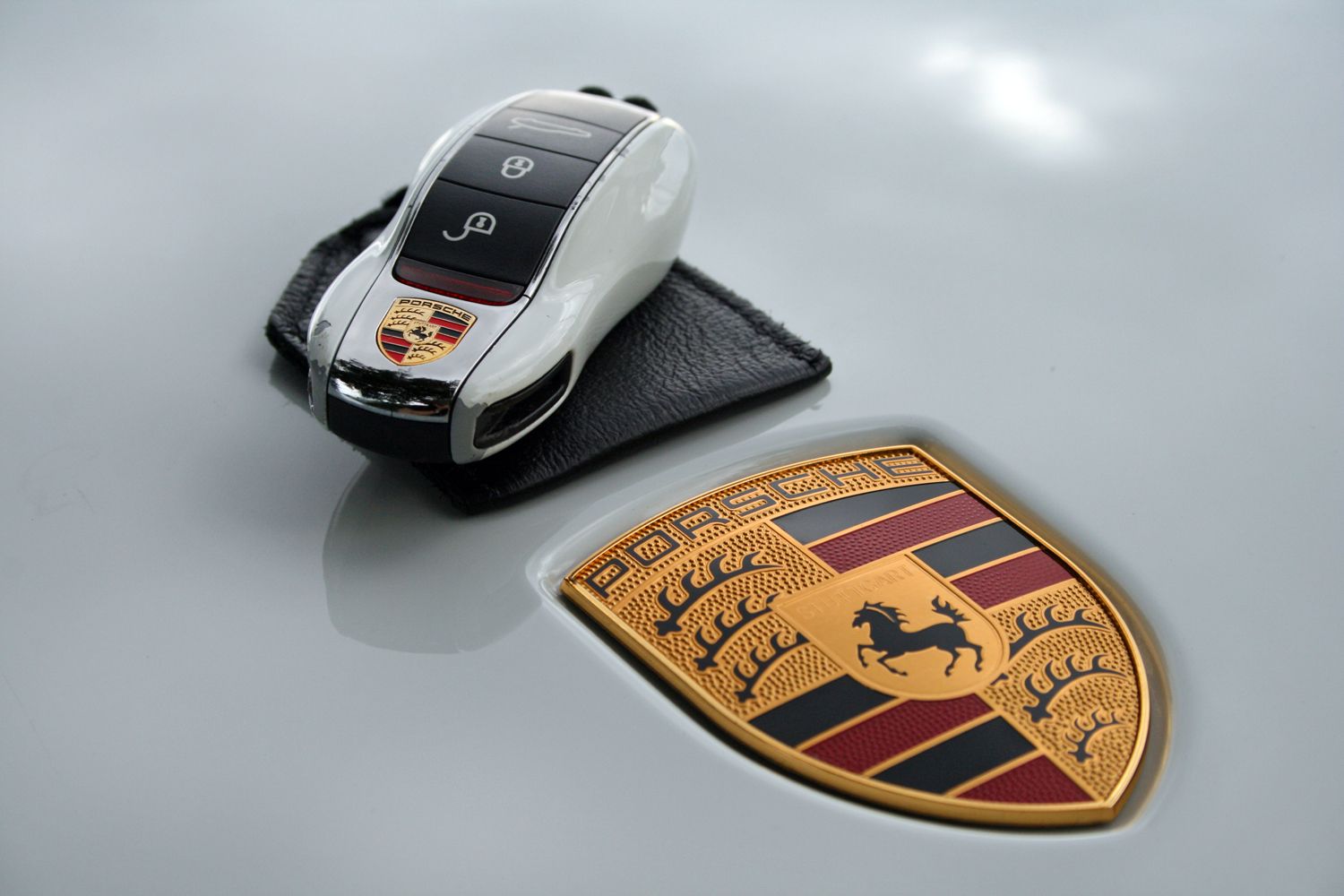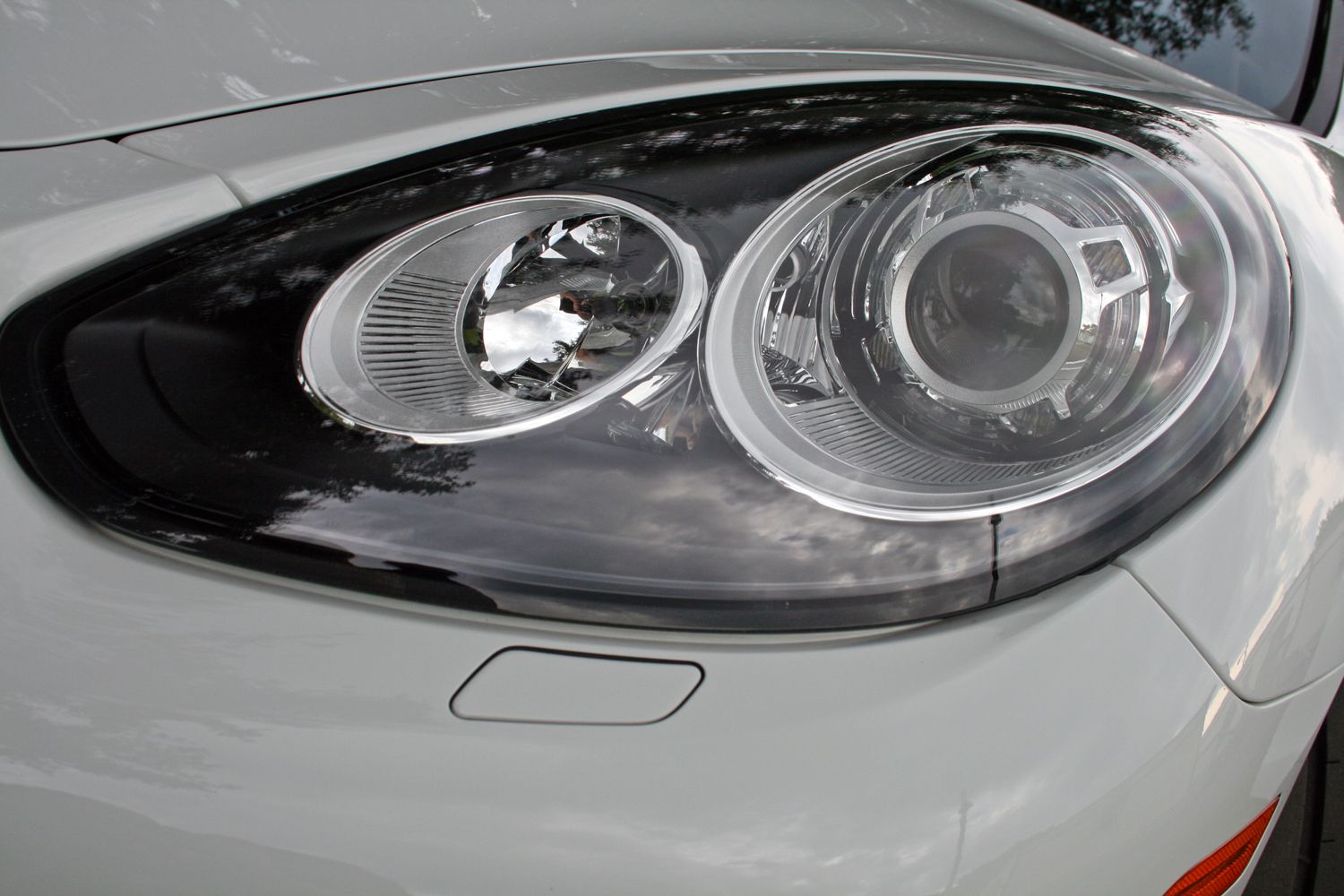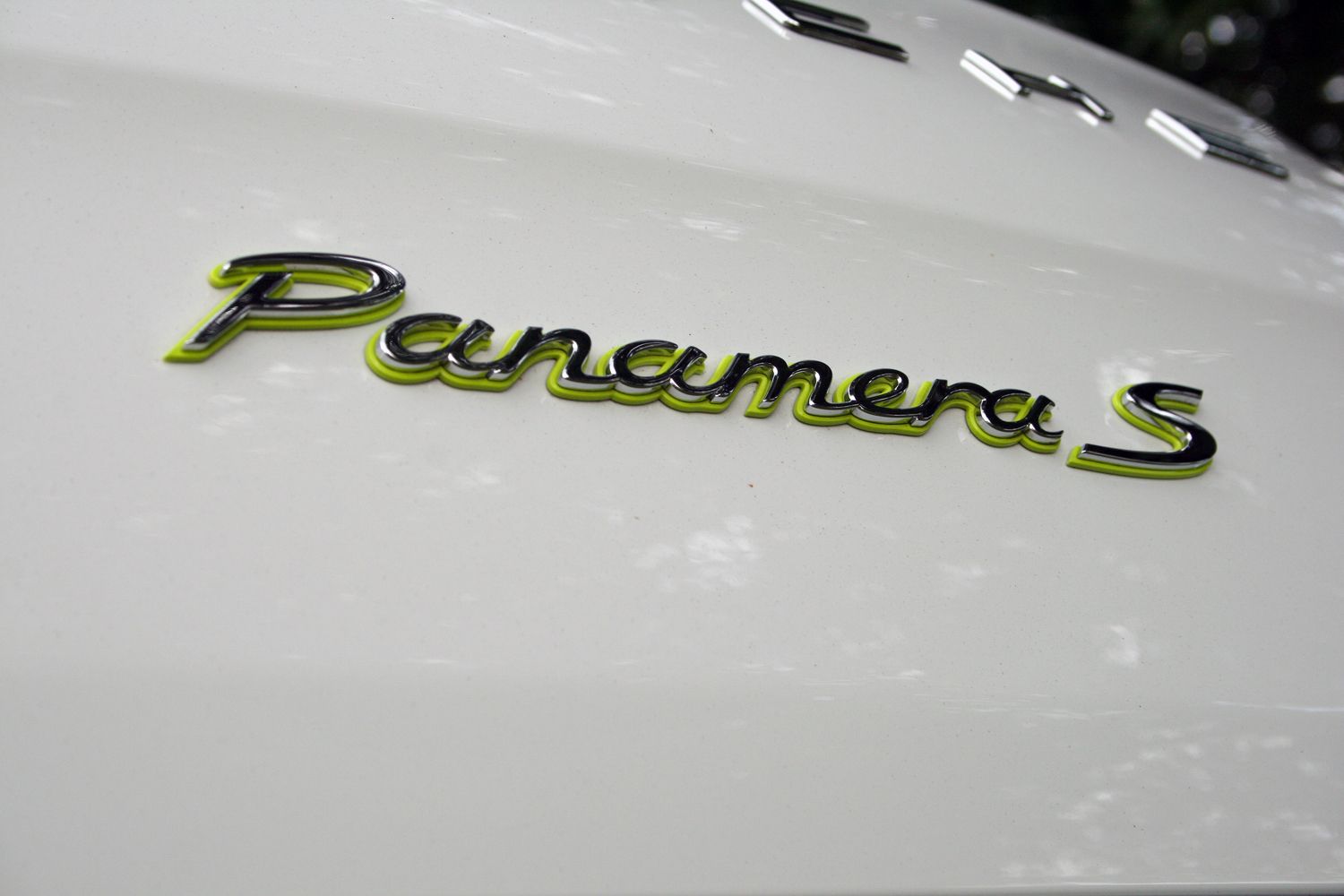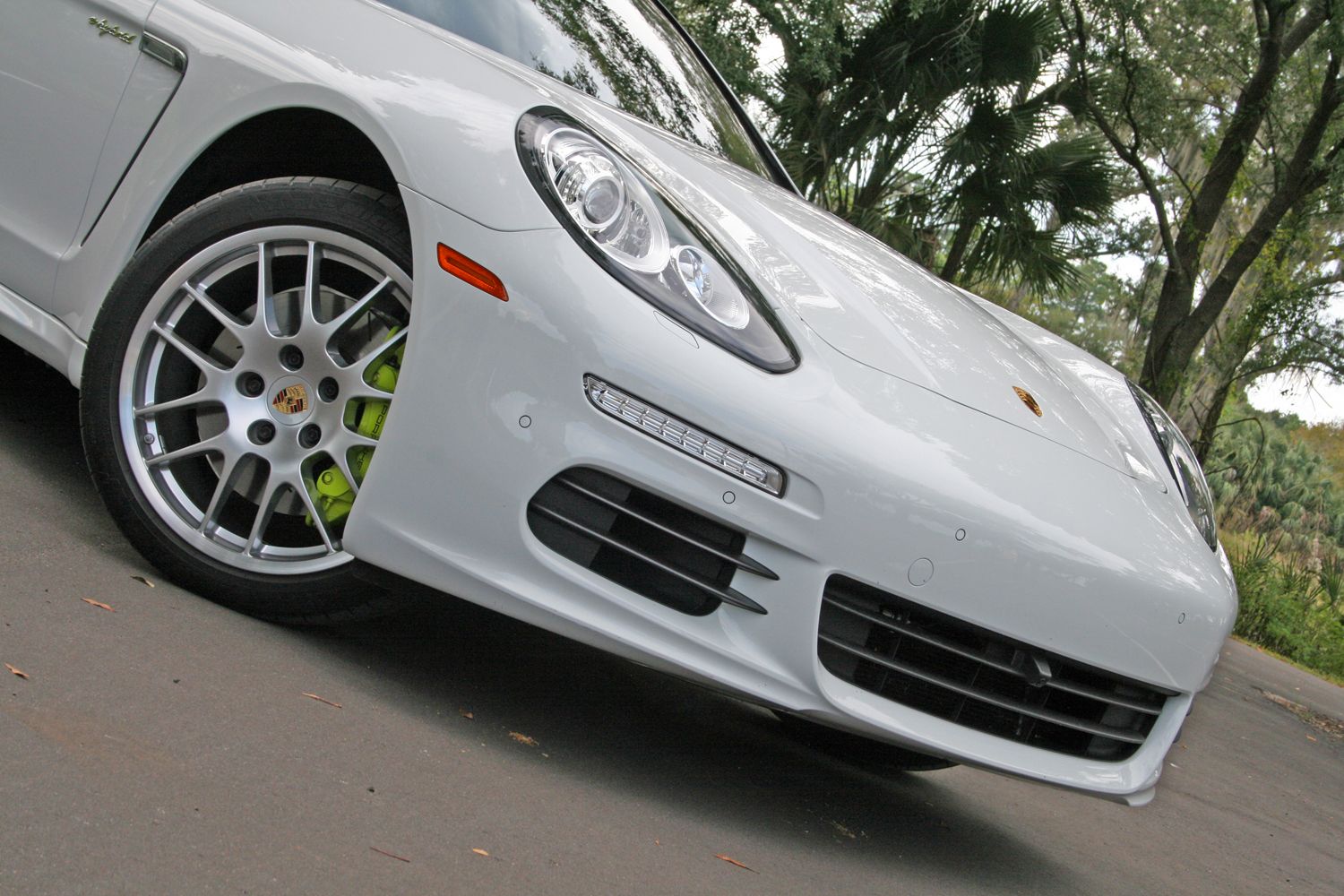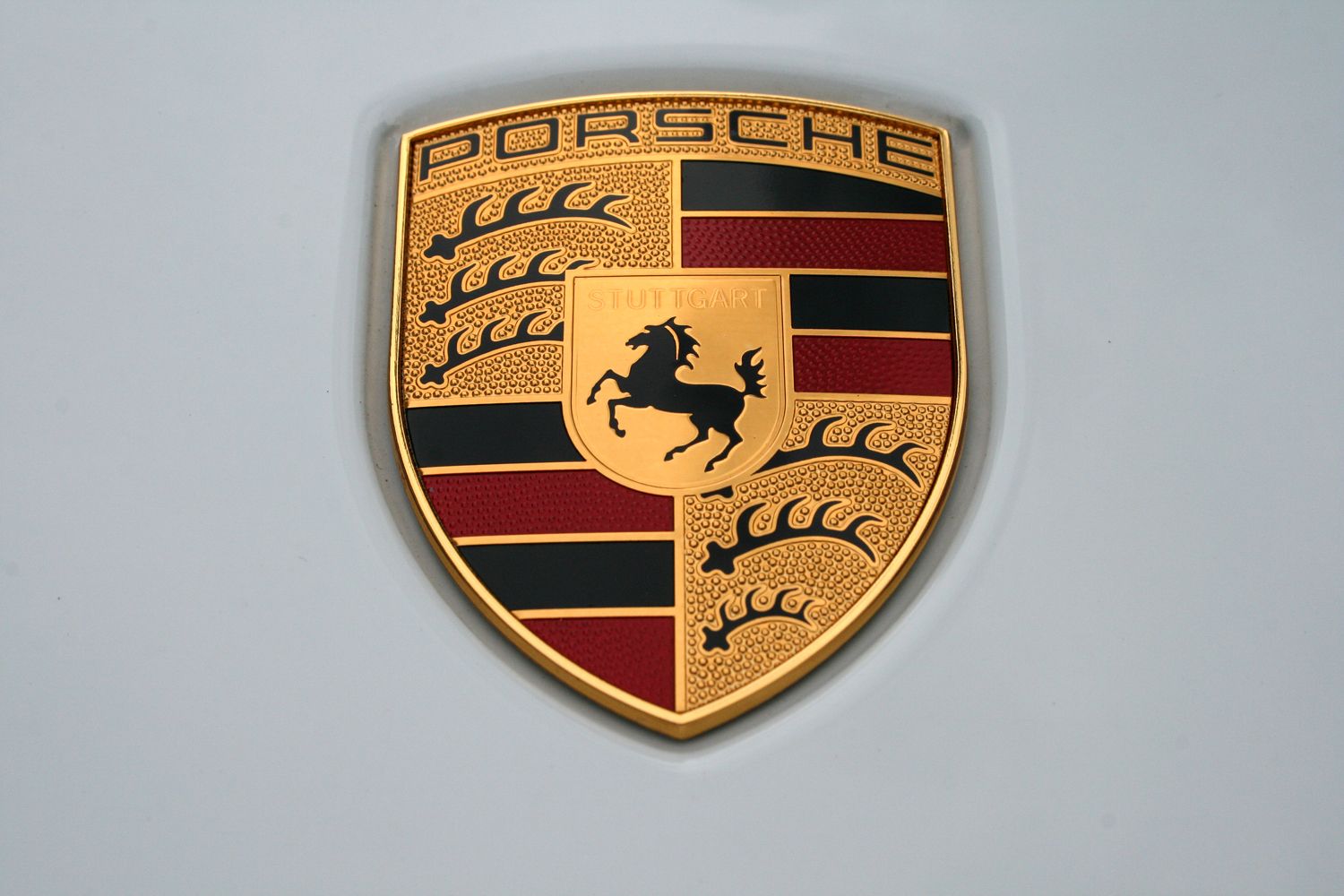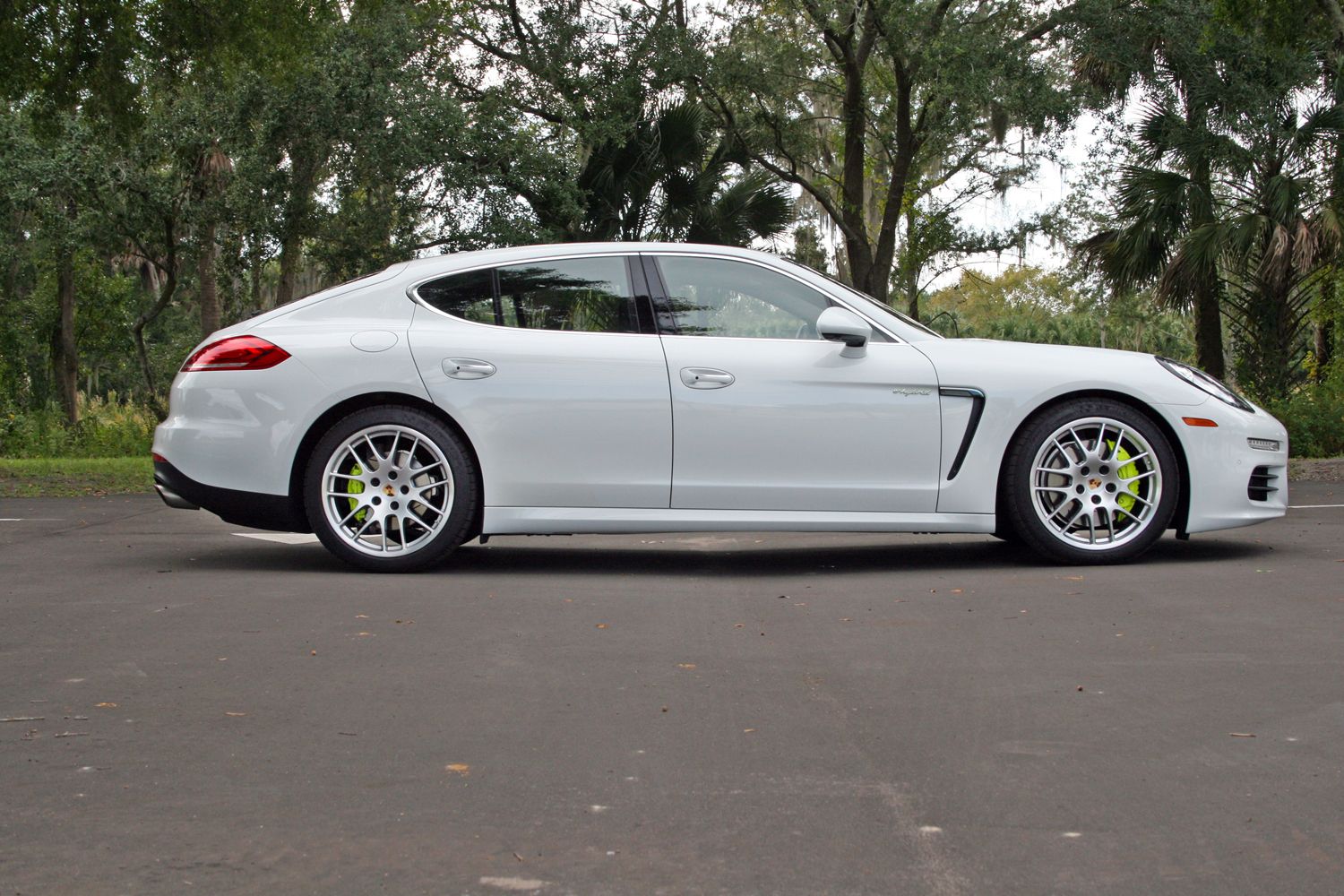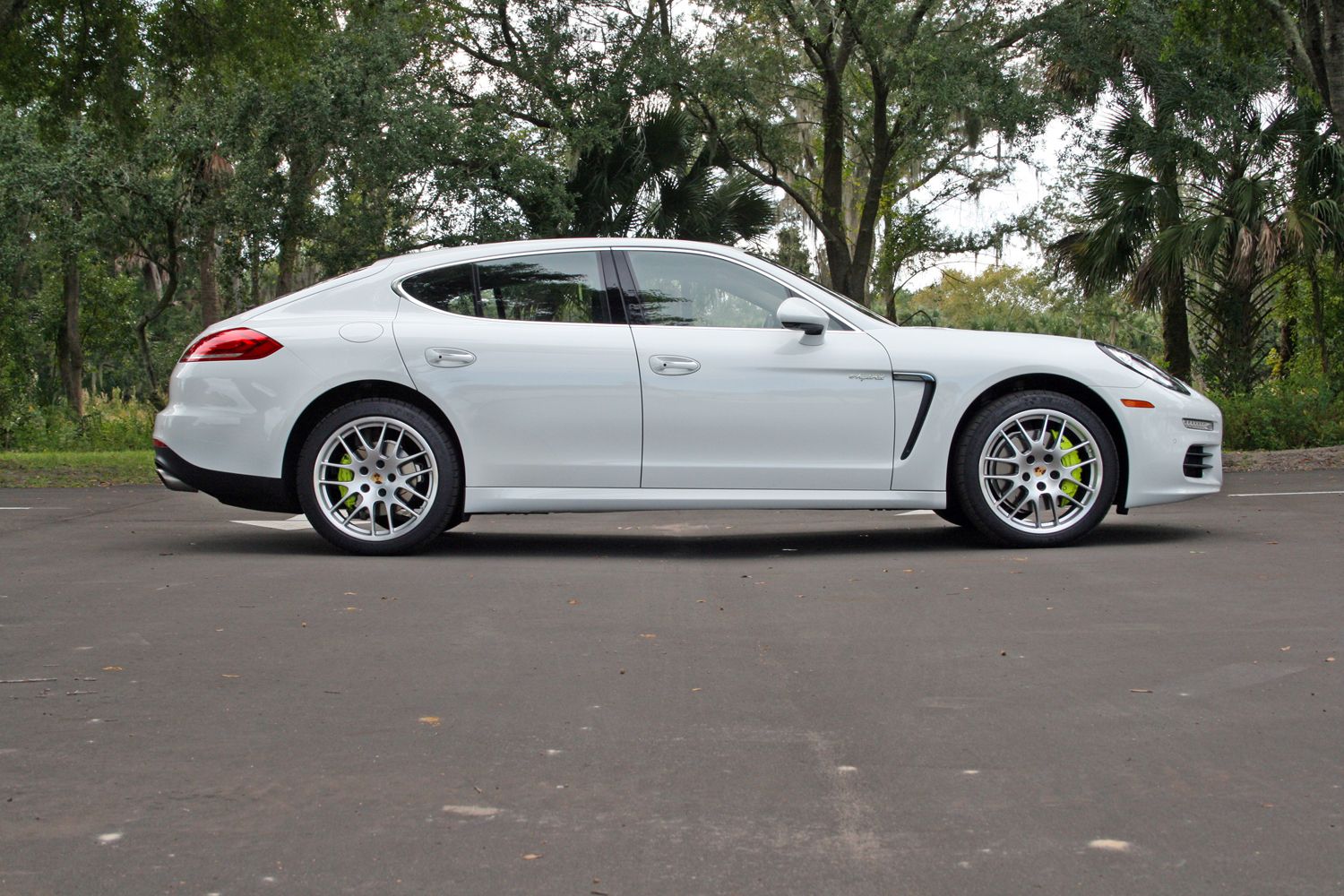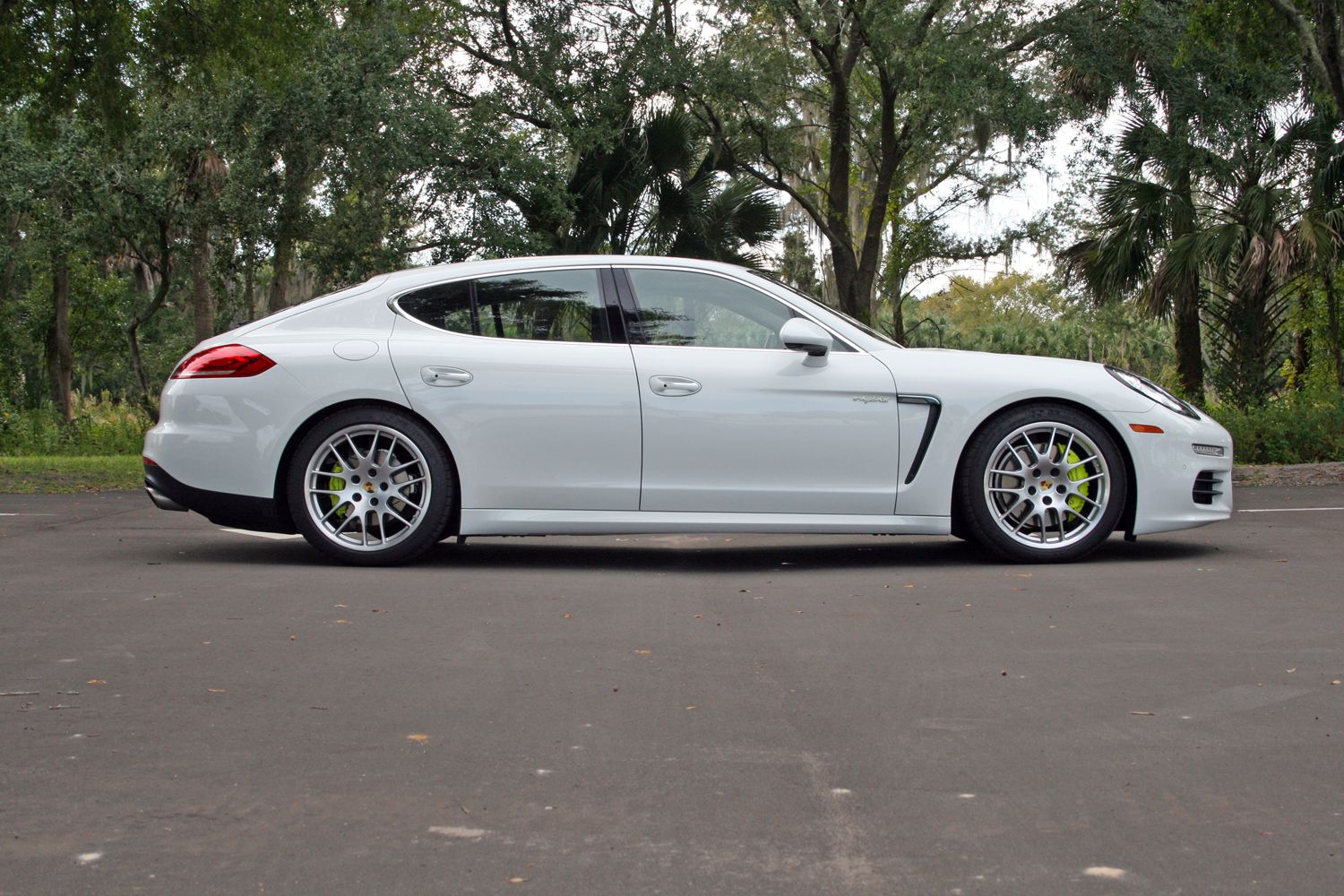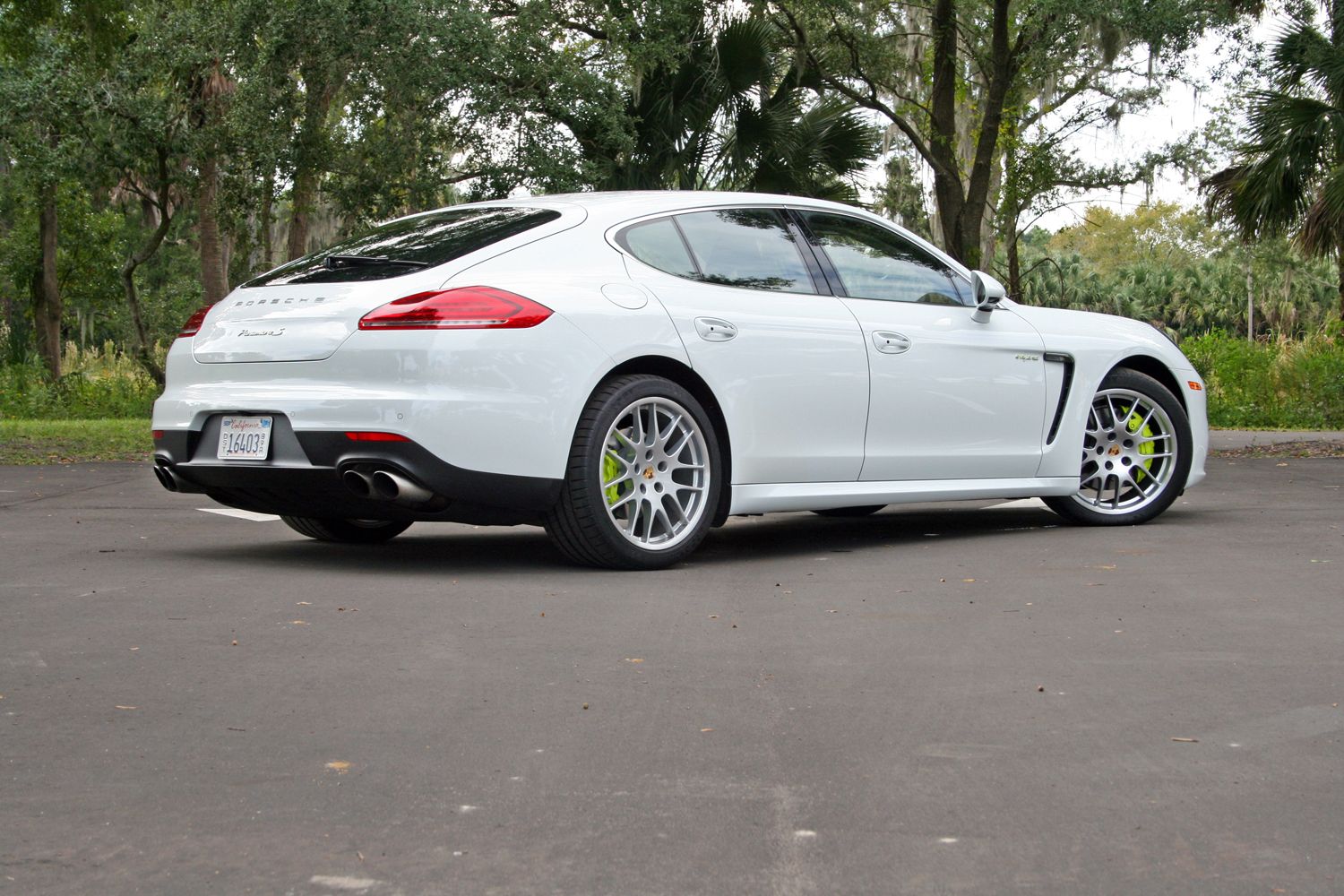The Porsche Panamera->ke1840 is a relatively new entry in the Porsche->ke1 fleet, having gotten its start for the 2010 model year. Named after the harrowing Carrera Panamericana race that took place in Mexico between 1950 and 1954, the Panamera S E-Hybrid is anything but your typical racecar.->ke148 As its name implies, the Panamera S E-Hybrid utilizes a battery pack and an electric motor to supplement the gasoline engine’s output. The E-Hybrid version debuted in 2013 and has been a decent seller for Porsche, accounting for roughly 10 percent of the Panamera’s global sales.
While it’s easy at first to discount the Panamera S E-Hybrid as a true sports car,->ke506 things get different once behind the wheel. That supercharged V-6 puts out an impressive 330 horsepower while the electric motor puts out another 95 horses. With a total of 416 gasoline-soaked, electrified ponies powering the rear wheels, the four-door sedan->ke142 will hit 60 mph in just over five seconds.
I recently spent a week with the Panamera S E-Hybrid, getting to know its mechanicals and soul through easy daily driving and spirited weekend fun. Its four available seats proved to be too few for my visiting out-of-town family, but the Porsche never stopped being a conversation centerpiece. It sat like eye candy in the garage and did multiple trips around the neighborhood giving demonstration rides. One thing is for sure; the Porsche’s powertrain turns as many heads as its flashy exterior.
Click past the jump for the full review
2014 Porsche Panamera S E-Hybrid - Driven
- Make: Array
- Model: 2014 Porsche Panamera S E-Hybrid - Driven
- Engine/Motor: V6
- Horsepower: 416
- Torque: 435
- Transmission: eight-speed auto
- [do not use] Vehicle Model: Array
TopSpeed Garage
Exterior
With the family out of town, I had plenty of alone time with Panamera. Well, “alone” of you don’t count all the passer-bys waving, smiling, and taking pictures. Everywhere the Porsche went, folks just seemed to gravitate towards it. Perhaps it’s that 911-like front nose or its unusual shape. Perhaps it’s the Acid Green, six- and four-piston brake calipers or its active rear wing that deploys at speed. For whatever reason, the car generates its own paparazzi.
The Panamera is actually a pretty big car. Its plentiful second-row legroom and long cargo area translates to a long wheelbase. Its width is also considerable. Neither of these attributes seem to matter when behind the wheel, as the large greenhouse provides plenty of outward visibility.
White isn’t normally my favorite color for a car, but this one looked particularly good with its pearl finish, satin chrome wheels, and green accents.
Interior
I’ve heard more than a handful of people reference a “futuristic fighter jet” when talking about the Panamera’s cockpit. The long center stack would make my eight-year-old-self completely giddy with joy. There are more buttons here than in practically every other vehicle on the market. While some folks hate learning where buttons are, I find it rewarding, almost like I passed flight school and know how to operate my expensive machinery. Perhaps even more important, I’m not digging around hidden sub menus on the infotainment screen trying to change the HVAC fan speed.
Layout and organization of the Panamera’s controls are intuitive. Ergonomics are good and controls fall where they should. The 14-way power seats are comfortable and are easy to manipulate. Heating and cooling functions keep all four passengers’ backends at a proper temperature. And speaking of temperature, everyone gets their own temperature and fan speed control. No more complaints from passengers about too much air.
Fit and finish within the Panamera is really good. Panels fit together nicely and the materials are top notch. The switchgear feels rich and all the touch points are contoured very well. Cup holders are plentiful, but the two that swing out from the passenger side dash seem flimsy.
Otherwise the interior was a great place to spend time.
I did take issue with two things in this department. The ignition was finicky about turning off when the driver’s door was open. With the car in park and the door open, the battery system would seemingly go off-line, assuming you were done driving. Turning the key off and on again appeared the only fix. Also, the navigation system isn’t the most user-friendly interface I’ve used. It works, but it will take some getting used to.
Powertrain
Of course the big story with the Panamera S E-Hybrid is its powertrain. Under the hood lies an Audi-sourced, 3.0-liter, supercharged V-6 that cranks out 330 horsepower and 325 pound-feet of torque. Also on board is a 9.4 kWh lithium-ion battery that powers an electric motor that’s good for 95 horsepower and 229 pound-feet of torque. All told, the system makes an impressive 416 horses and 435 pound-feet. With all the proper buttons pushed and a proper surface under the 295-series Michelin Pilot Sport rear tires, the Panamera will launch to 60 in just over five seconds on its way to a top speed nearing 180 mph.
Of course, smoking tires and trumpeting exhausts aren’t what the Panamera S E-Hybrid is solely about. The battery pack is good for some 15 miles of pure electric driving. Its plug-in feature means you never really have to use the engine, provided your round trip is less than 15 miles and you never stomp the throttle.
While plugging in is sometimes an option, charging on the go provides a sure way to recharge the system. Push the E-Charge button on the lower right side of the center console, and the engine and brakes send power toward the battery. Save for Sport and Sport Plus modes, the engine will shut off when the battery will sufficiently move the car down the road. Regardless of the mode, the engine shuts off when the vehicle comes to a stop, unless the battery is fully discharged.
Driving Impressions
Piloting the Panamera S E-Hybrid around is a rather fun experience. The powertrain systems don’t call attention to themselves, so casual drives aren’t taxing. The steering is properly weighted and pedal placement is good. Good outward visibility helps inspire driving confidence and the large blind-spot warning lights on the outside mirrors keep neighboring traffic under watch.
The car drives much smaller than it looks. With a nicely bolstered seat and a small rear window to peep through, it’s almost easy to forget the second row exists. The large Michelin tires do an fantastic job at gripping the road. Cornering happens with a flat body and understeer wasn’t even on the Porsche’s radar as the moderate speeds I was traveling.
I did have one issue with the brakes, however. They work perfectly when under hard braking and at higher speeds. In city traffic though, the regenerative braking system keep the pedal feel from being linear. They grab and release at certain points along the pedals downward path. It’s most noticeable when nearing a complete stop. It’s not a major issue, but one that I had to adjust my driving habits around.
The Panamera E-Hybrid is rated at an estimated 50 MPGe. During my week with it, I saw averages as high as the 80 mpg mark and as low as 27 mpg. That’s really not bad considering the Panamera’s weight and its performance capabilities.
Prices
The Panamera isn’t a cheep car by any means. My tester showed a base price of $99,000 but had nearly $30k worth of options tacked on. Some of those include the black leather interior ($3,655), the Premium Package Plus ($4,700), the 20-inch RS Spyder wheels ($3,120), the Bose audio system ($2,120), the ventilated seats ($1,680), Auxiliary Cabin Conditioning ($1,570), ParkAssist with Surround View ($1,505), thermally & noise insulated glass ($1,240), and the illuminated door-sill guards ($1,100). The remaining options don’t include a comma in the price, but still cost a significant amount of scratch. Things like the LED exterior lighting package, Sport Chrono Package, Soft Close Doors, Voice Control, Heated Steering Wheel, and body-color-painted ignition key are among the long list.
Competition
Mercedes-Benz S-Class
Executive sedans can basically trace their roots back to Mercedes. Nowadays, the S-Class is the bread and butter of the German automaker. Powerful engine, loads of technology in the cabin, and tons of prestige make the S-Class the choice for more stately cliental.
The S-Class isn’t quite the sports car the Panamera is, nor does it offer a hybrid version, but at the end of the day, the Merc is one of Porsche’s stiffest competitors. Starting at $92,900 and rising steeply from there, the Mercedes is not for the cheap at heart.
BMW ActiveHybrid 7
Unlike Mercedes, BMW does offer a hybrid version of its executive sedan. The ActiveHybrid 7 combines a 315-horsepower, 3.0-liter inline six-cylinder with a turbo generating boost and a 55-horsepower electric motor. All told, the combination generates 350 horses and 370 pound-feet of torque.
Like the Panamera, the engine only comes on when needed, while the battery powered all the accessory functions like heat and cooling. Pricing for the ActiveHybrid 7 starts at $85,250 and rises with options from there.
Conclusion
The Panamera S E-Hybrid proved to be a great all-rounder sport car and gasoline saver. It showed is Porsche heritage in the corners and down a straight line. The supercharged V-6 really sung and its quad exhaust pipes started wailing as the engine spun at high revs. The battery offers a decent amount of gasoline-free range and the partnership between the two power systems were very well integrated.
Overall the Porsche showed that driving a hybrid doesn’t have to be boring.

